Our wonderful bunch of photographers who contribute to Macfilos have taken us to the furthest corners of the world and to dizzying heights. We’ve visited all continents, including remote districts of India, Myanmar and Australia. We’ve been up to Everest with Wayne Gerlach. We’ve even been to Scotland with a Frenchman, Jean Perenet.
MORE TRAVEL FEATURES ON MACFILOS
But what of England, the home of Macfilos? I believe it is a beautiful and intriguing land with a great deal to offer the tourist, whether homegrown or foreign visitor. Sadly, so many visitors never go outside London.
The editor, Mike Evans, asked if I would take us on a short tour through an often neglected but beautiful corner of England. I know it intimately. It is the ancestral home of the “north folk” and the “south folk”. It is called East Anglia.
Icons
In my opinion, East Anglia’s most famous scene is at Flatford Mill in Suffolk, as painted by John Constable in his picture “The Hay Wain”.
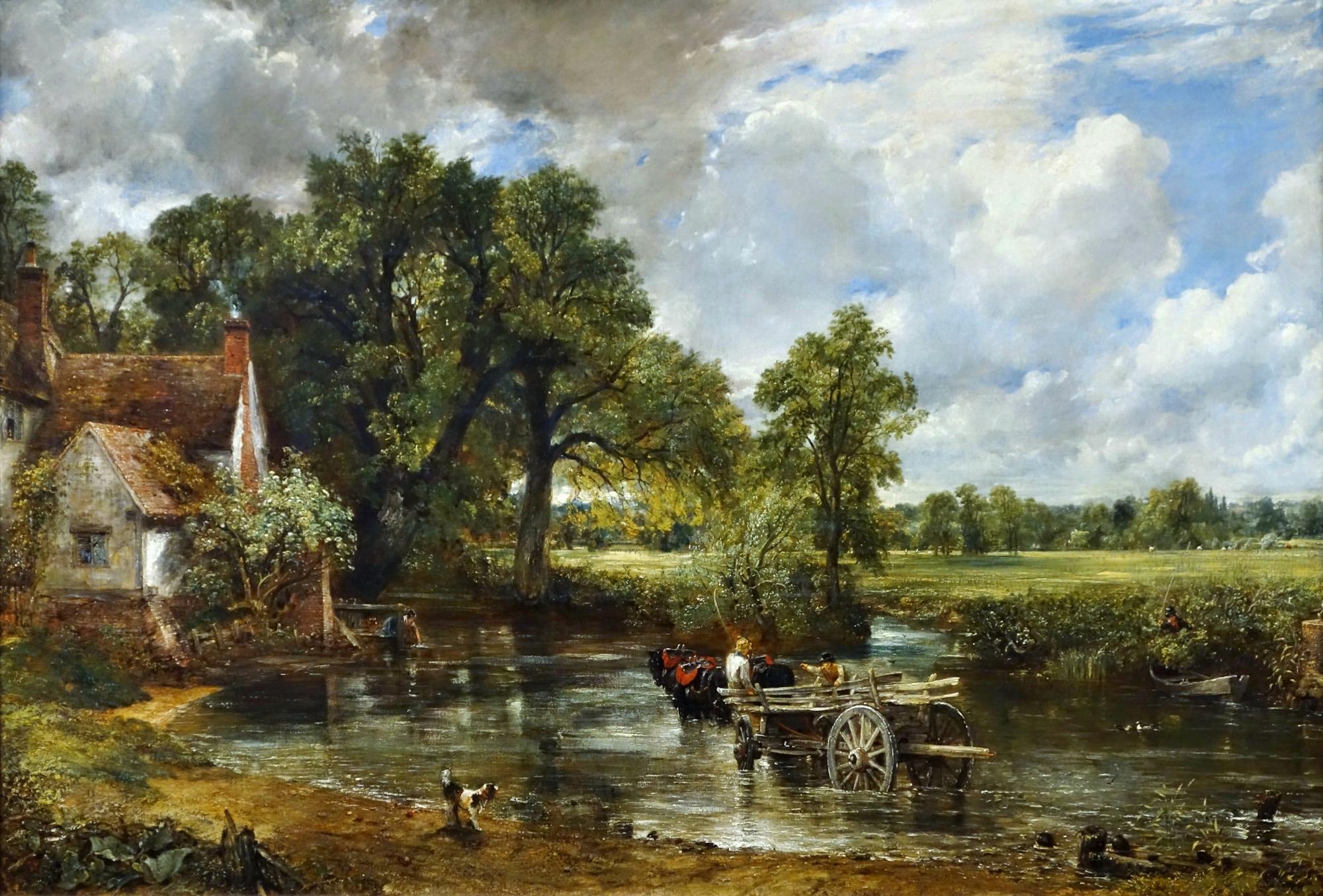
Much of East Anglia is as it was many centuries ago, and jumping in the car and driving to some locations is like a journey back in time.
East Anglia
The designation “East Anglia” refers to the eastern outpost of the Anglo-Germanic peoples who settled here around 1,400 years ago, helping fill the vacuum left by the departure of the Romans. They were referred to as the “North Folk” and “South Folk”, hence the modern administrative counties of Norfolk and Suffolk.
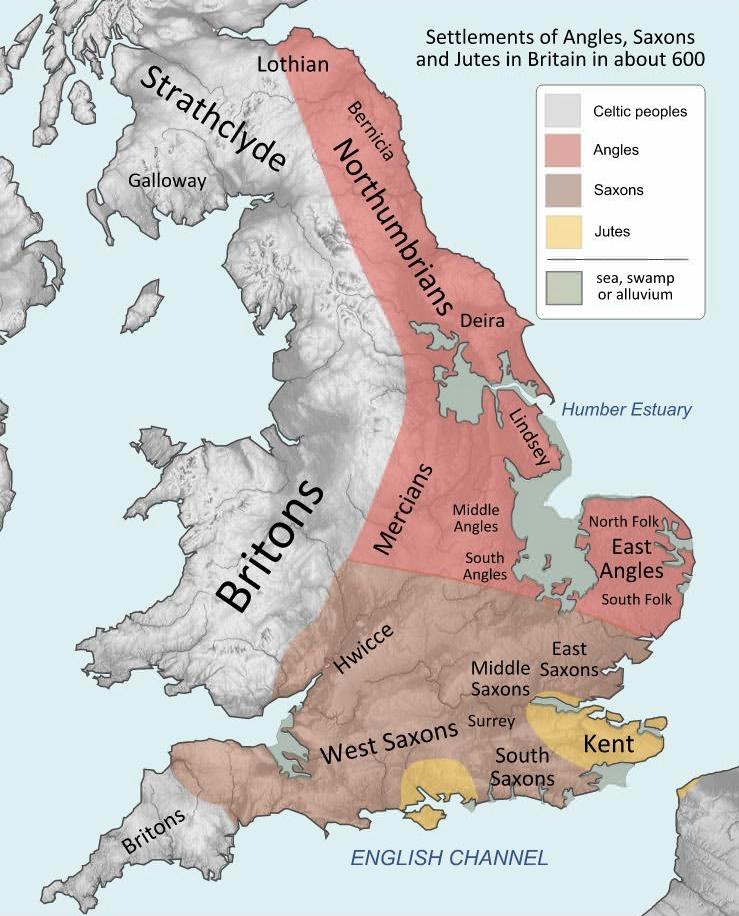
Their Germanic compatriots, the Saxons, occupied a vast swathe of southern England and have lent their name to the modern English counties of Essex (the East Saxons), which lies partly in East Anglia, Middlesex (the mid-Saxons) and Sussex (the south Saxons). Wessex, the ancient kingdom of west Saxons, is a geographic area to the west but not an administrative county.
The counties of Norfolk and Suffolk are primarily agricultural and have been for the past millennium. In the Middle Ages, wool provided great wealth, not only for the city of Norwich but also for towns and villages throughout the area.
Just about every village has an impressive mediaeval church. However, there have been ups and downs in agriculture. The agricultural depression in the 19th century is one example. Many agricultural labourers moved away from East Anglia to find work in big industrial cities such as Manchester and Birmingham.
Today, modern agricultural methods enable big farming estates to flourish. And Norwich and Ipswich have diversified into a range of employment from financial services to light industry.
Our family moved from Sheffield in Yorkshire to Ipswich (Suffolk) in 1959, and my parents stayed here for the rest of their lives. I went to school in Ipswich, joined the Army, and on leaving the Forces, I moved back to Suffolk and have been here for the last 35 years
My grandparents (again from Sheffield) retired to Blakeney on the North Norfolk Coast in 1958 and stayed there for the rest of their lives.
With my connections to Norfolk and Suffolk, I feel I know East Anglia intimately.
Castle Acre Priory
For the start of my photographic journey around East Anglia, I will go back a thousand years. Below is the ruined Castle Acre Priory, which shows a sky similar to that depicted by John Constable in his painting, The Hay Wain.
Castle Acre Priory, completed in 1160, is in ruins. The destruction resulted from Henry VIII’s break with Rome in the 1530s when he formed the Church of England and dissolved over 800 priories and monasteries throughout England.
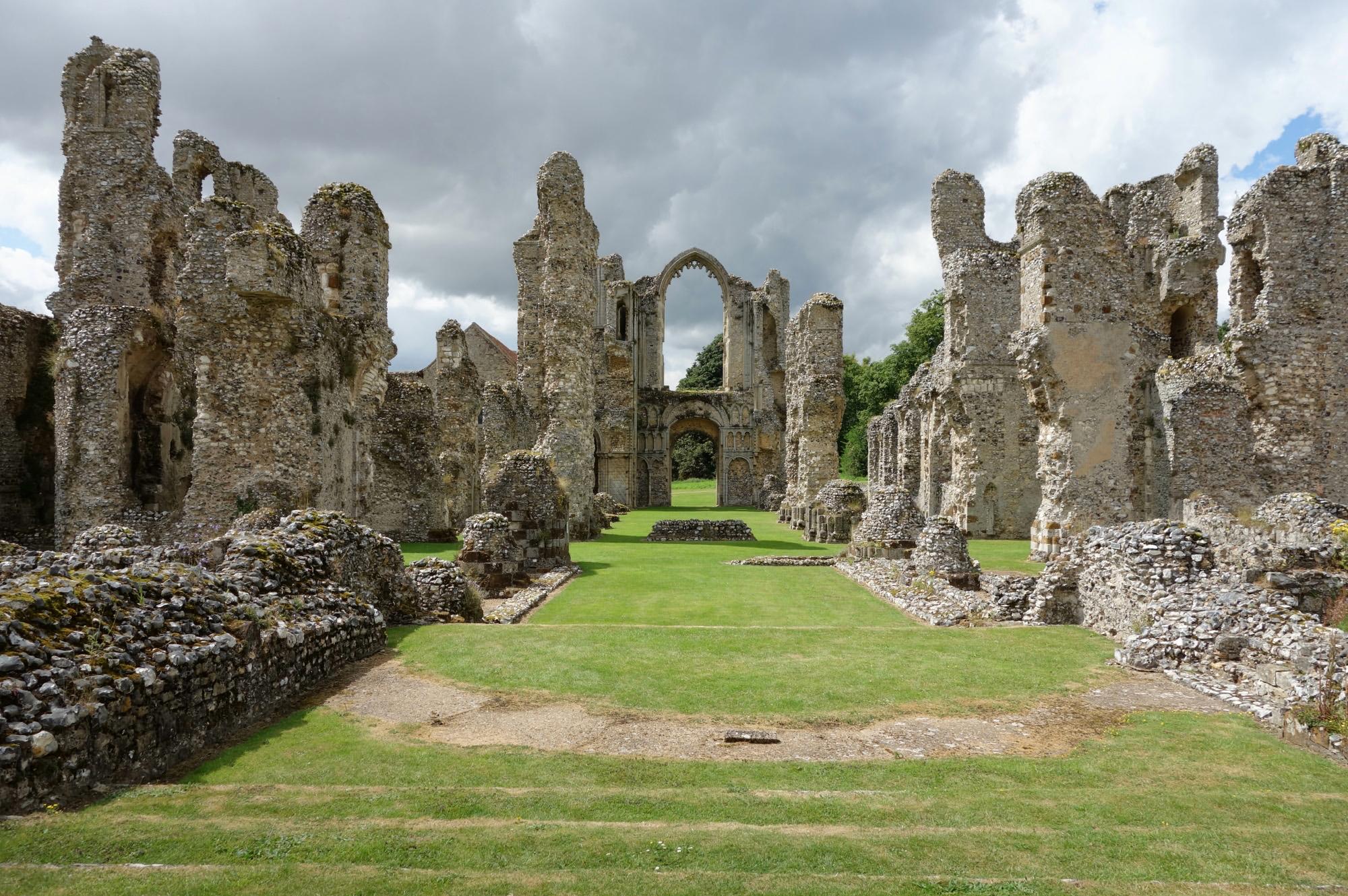
Lavenham
Lavenham is perhaps the most photogenic mediaeval village in East Anglia. Its prosperity came from the wool trade in the 15th and 16th centuries when it became one of the richest towns in Britain.
Evidence of this prosperity can be seen in the lavishly constructed “wool” church of St Peter and St Paul. It stands on a hill at the top end of the main high street and was completed in 1525. The 138ft-high church tower is particularly impressive.
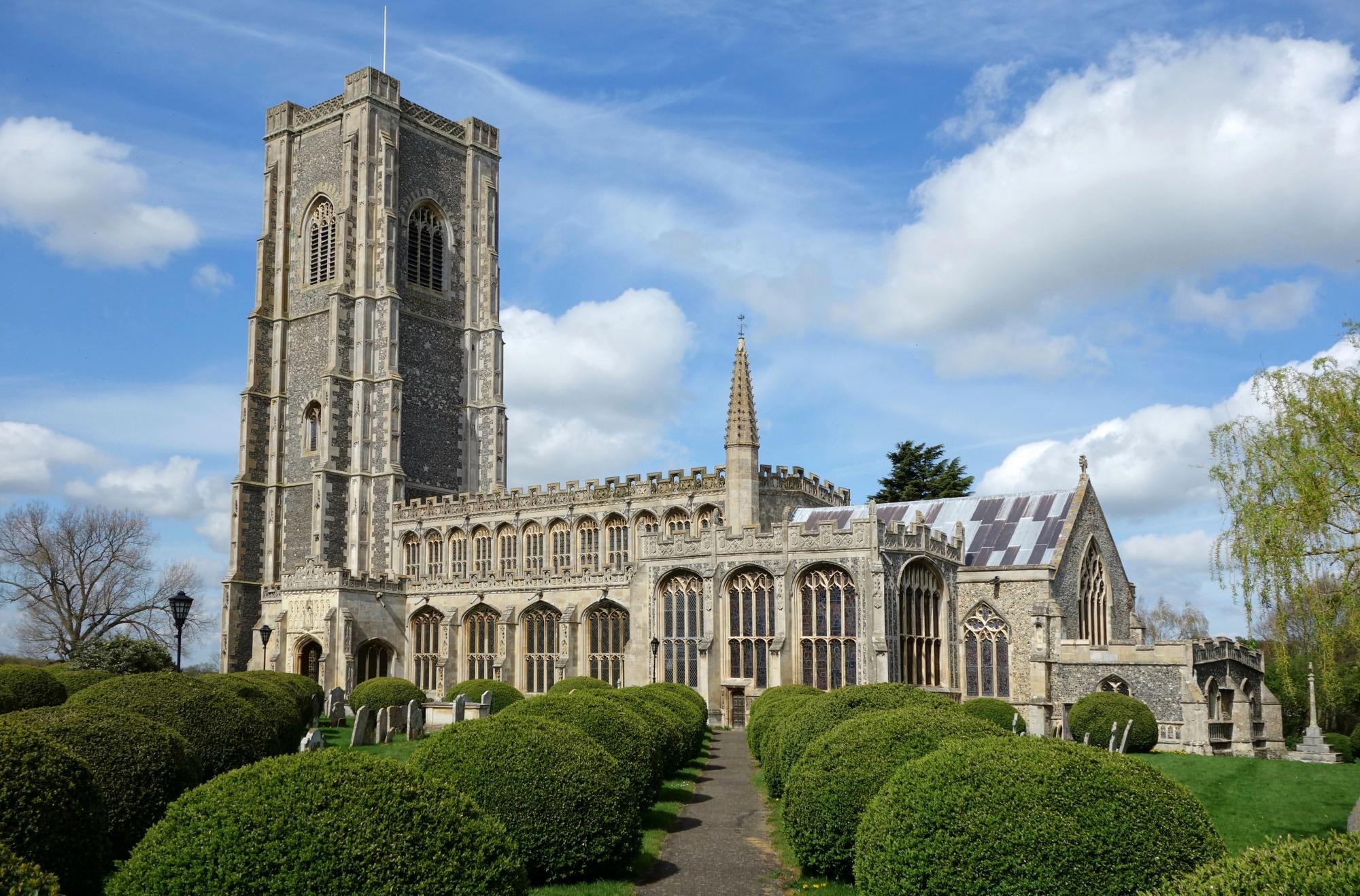
Today, the church is one of the most visited in East Anglia. It was awarded four stars by Simon Jenkins in his 1999 book England’s Thousand Best Churches. He writes:
Many enthusiasts prefer it to Long Melford, finding it less ostentatious, more serene. To the purist, its tower is more original, its nave more Perpendicular, and its chancel arch more majestic. Against this must be set the dire Victorian glass but for that at least there is an easy answer. … Lavenham’s interior is one of the most dramatic in Suffolk.”
— Simon Jenkins
The National Trust
The National Trust is a charity and membership organisation for heritage conservation in England, Wales and Northern Ireland. It has over five million members and is a venerable institution among retired folk. In Scotland, there is a separate and independent National Trust for Scotland.
Here in East Anglia, I will cover the Anglo-Saxon Sutton Hoo burial site and three grand historic properties, all of which are under the care of the National Trust.
However, other great properties within East Anglia are still in private ownership. At Helmingham Hall in Suffolk, the Tollemache family, which came over with William the Conqueror, has lived in the “new” moated hall since it was built in 1510. So, for the past 500 years, generations of the same family have lived on one property. Throughout these centuries, the drawbridge has been lowered and raised daily. The current Lord and Lady Tollemache open their gardens on some Sundays in the summer, but their house is not open to the public.
Also of note is the impressive Holkham Hall estate in Norfolk, owned by generations of the Earls of Leicester. The house and grounds are open to the public depending on the season.
The royal Sandringham Estate is perhaps the best-known “residence” of East Anglia. The house is open to the public when The King is not in residence.
Sutton Hoo
A recently much acclaimed Netflix film, The Dig, drew attention to this part of East Anglia, and the subject of the drama was the discovery of the fabulous Sutton Hoo treasure.
The story will be well known to those who have watched the film. In essence, Mrs Pretty, who lived in a big house on the Sutton Hoo estate, dreamt one night that the ancient mounds contained treasure. Indeed this was true, and a buried Anglo-Saxon ship containing an unequalled trove was excavated in 1939.
The treasure is now on display in the British Museum. Replicas are also on display in the National Trust visitor centre.
I would thoroughly recommend a visit to Sutton Hoo, and the newly opened observation tower is well worth climbing for its views over the River Deben and the burial grounds.
Blickling Hall
Mentioned in the Domesday Book, the Blickling Estate was the birthplace of Anne Boleyn, and during the Second World War, RAF aircrew were billeted there. The present Blickling Hall was built in 1616 and has been occupied by aristocratic families until it was purchased by the National Trust in 1940.
Oxburgh Hall
Despite its fortified appearance, the moated Oxburgh Hall in Norfolk was intentionally built as a family home.
It was completed in 1482 for Sir Edmund Bedingfeld, and the Bedingfelds have lived here ever since. The family survived the Civil War, periods of near dereliction, and in the 20th century, the threat of demolition. It was sold to the National Trust in 1952.
Ickworth House
The Hervey (pronounced Harvey) family created the present park and gardens out of a medieval deer park in around 1700. John Hervey was the 1st Earl of Bristol. The building of the new Ickworth House was started by the 4th Earl of Bristol and Bishop of Derry (1730 – 1803), known as the Earl Bishop.
A Bishop’s conceit — the present building was the conceit of a Bishop who did not go to church, and rarely visited his Irish see; who became the 4th Earl of Bristol, through a third son; and who, though growing up there, visited Ickworth only twice during his tenure. The building was designed to display an extensive art collection which was lost to Napoleon’s army. It was to reflect his passion for Italy through an Italianate style of architecture wholly unsuited to the Suffolk climate. It was to house a wife and family from whom the Earl Bishop was estranged. It was to be funded by the revenues from his Diocese, which should by rights have been used for the good of the church. Furthermore, it was neither completed, nor ever seen, by the Earl Bishop before his death in 1803”.
— National Trust Guidebook
I imagine that the Earl Bishop was quite a character.
By 1803 only the massive rotunda had been built. The East and West Wings were completed in the 1830s. From wing tip to wing tip of the building, the frontage measures 180 metres (590 feet). The dome is 31.4 metres (103 feet) high.
The National Trust took complete control of Ickworth in 1996, and in 2002 the East Wing opened as the Ickworth Hotel, just in case you are looking for a superior base from which to explore the county.
To me, visiting Ickworth is a real joy. I particularly recommend seeing its art and silver collection.
Aldeburgh
Aldeburgh is a delightful coastal town, forever associated with the composer Benjamin Britten. He lived in the town and latterly moved to the Red House on its outskirts. The Red House is occasionally open to the public and has a museum attached to it.
In 1967, just five miles inland from Aldeburgh, Benjamin Britten and Peter Pears instigated the conversion of the great malt house at Snape to make a concert hall to house the performances of their annual Aldeburgh Festival.
The hall, with its brilliant acoustics, and the smaller new hall concert venues and teaching rooms have now become a world-famous music complex. A memorable concert there for me was Daniel Barenboim conducting the West-Eastern Divan Orchestra in August 2018 at the Snape Proms.
Aldeburgh was once an important fishing village, and I can remember seeing several fishing boats launched from the beach, but now there are only a couple of families involved in the fishing industry. But fresh fish is still available from the fishing shacks on the beach.
The bronze dog by the name of “Snooks” overlooks the model yacht pond near the Tudor Moot Hall and is worth a mention. The sculpture is a memorial to a dog which belonged to a husband and wife, both local doctors, and followed them everywhere on their rounds. It was commissioned after their deaths and was unveiled in 1961.
The Moot Hall is still used for Council business and is sometimes open to the public.
Poshwold
In a recent travel article in the Daily Telegraph (unfortunately behind a paywall), author Sophie Money-Coutts outlined “the nine poshest places for a UK holiday”, Southwold was prominently featured, using its new soubriquet of “Poshwold”.
It is true Southwold has a particular cachet among some visitors and second home owners, but I will just settle with the fact that it is one of the most picturesque seaside towns in England, posh or unposh.
A garden shed on the beach? These rather nondescript, colourful beach huts are a phenomenon of many British seaside resorts, particularly those in southeast England and, as above, in Southwold. On the face of things, they hardly evoke the term “posh”.
But appearances can be misleading. Residents will kill to get their hands on one of these tiny but superbly located little sheds. There are stories of people camping out for days when leases are up for the grabbing. The beach hut boom is a study in itself. All I need say, perhaps to stretch your credulity to its utmost, is that some of these little palaces change hands for several hundred thousand pounds. I’m not sure about Southwold pricing, but one hut in Sandbanks, near Bournemouth, was sold last year for £330,000.
The first thing which strikes you when visiting Southwold, which isn’t mentioned in any of the guidebooks or websites, is the overpowering hoppy smell emanating from Adnams Brewery, which dominates the centre of the town. It is not a common smell most of us encounter in day-to-day life.
What I find surprising is how Adnams brewery adopted the image of a 15th-century clock Jack, located at the west end of the church, to be their Jack brand for selling beer.
There are doppelgängers of Jack to be found all over Southwold. It is an interesting exercise to try and track down as many as possible.
Two Jack-come-latelies are obvious on the external walls of many buildings, but more can be found in the new Adnams Cellar and Kitchen Store and, of course, in the pubs themselves.
Visiting the North Folk and South Folk
East Anglia is as far east as one can go in Great Britain, and unless you have a purpose, it is not on any through route to the rest of the country.
This selective virtual photographic tour, I hope, has given you a flavour of these two distinctive counties, the lands of the East Angles.
Let’s finish with John Constable. Why not capture your own modern version of the River Stour as depicted in Constable’s painting “Stratford Mill”, only a few miles from the location immortalised in “The Hay Wain”.
Want to contribute an article to Macfilos? It’s easy. Just click the “Write for Us” button. We’ll help with the writing and guide you through the process.

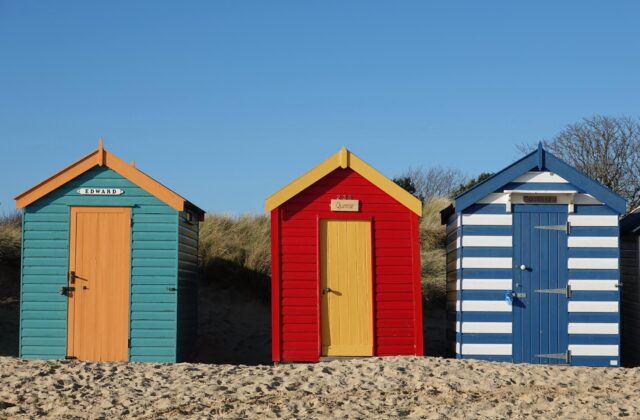
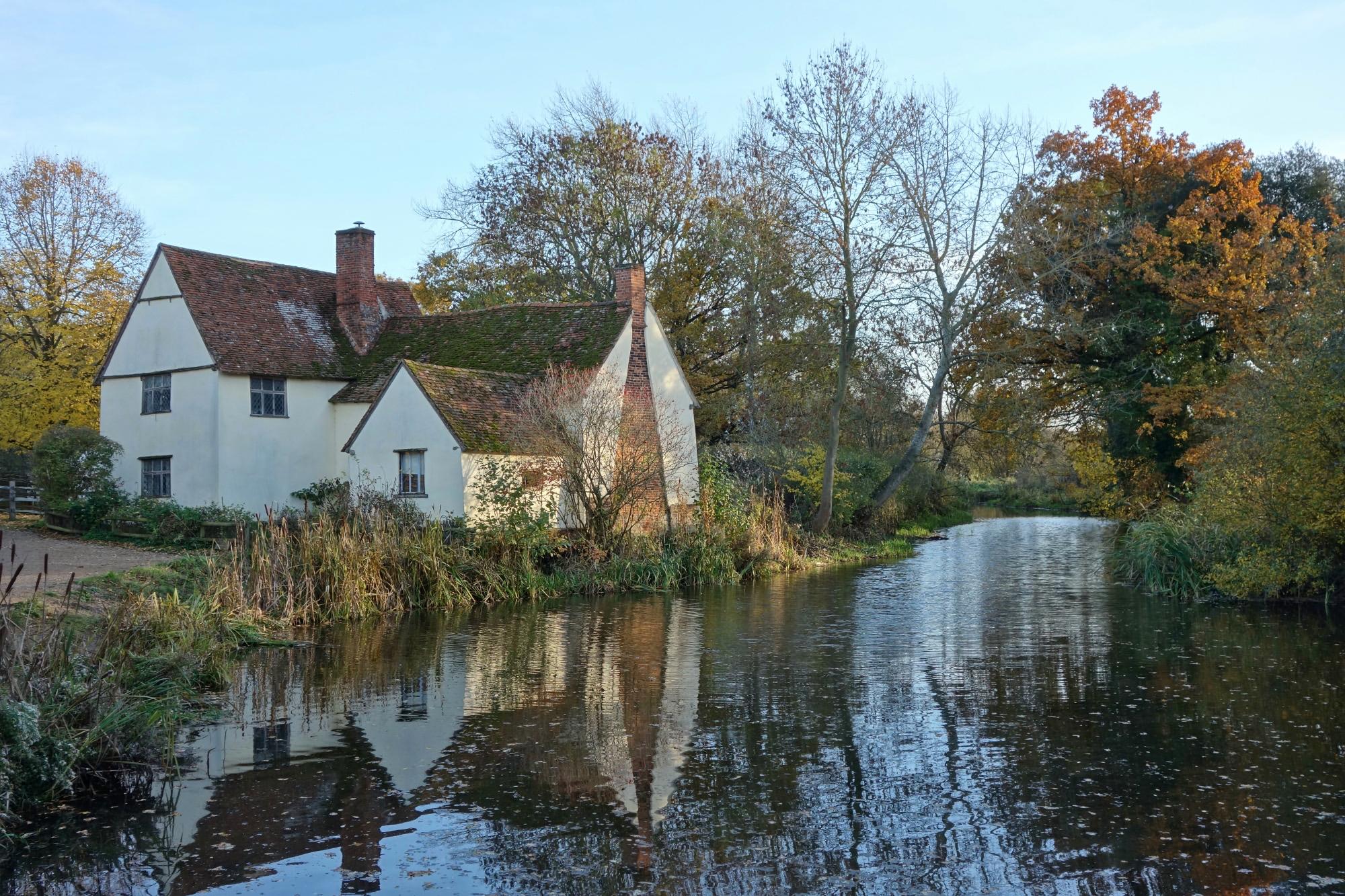
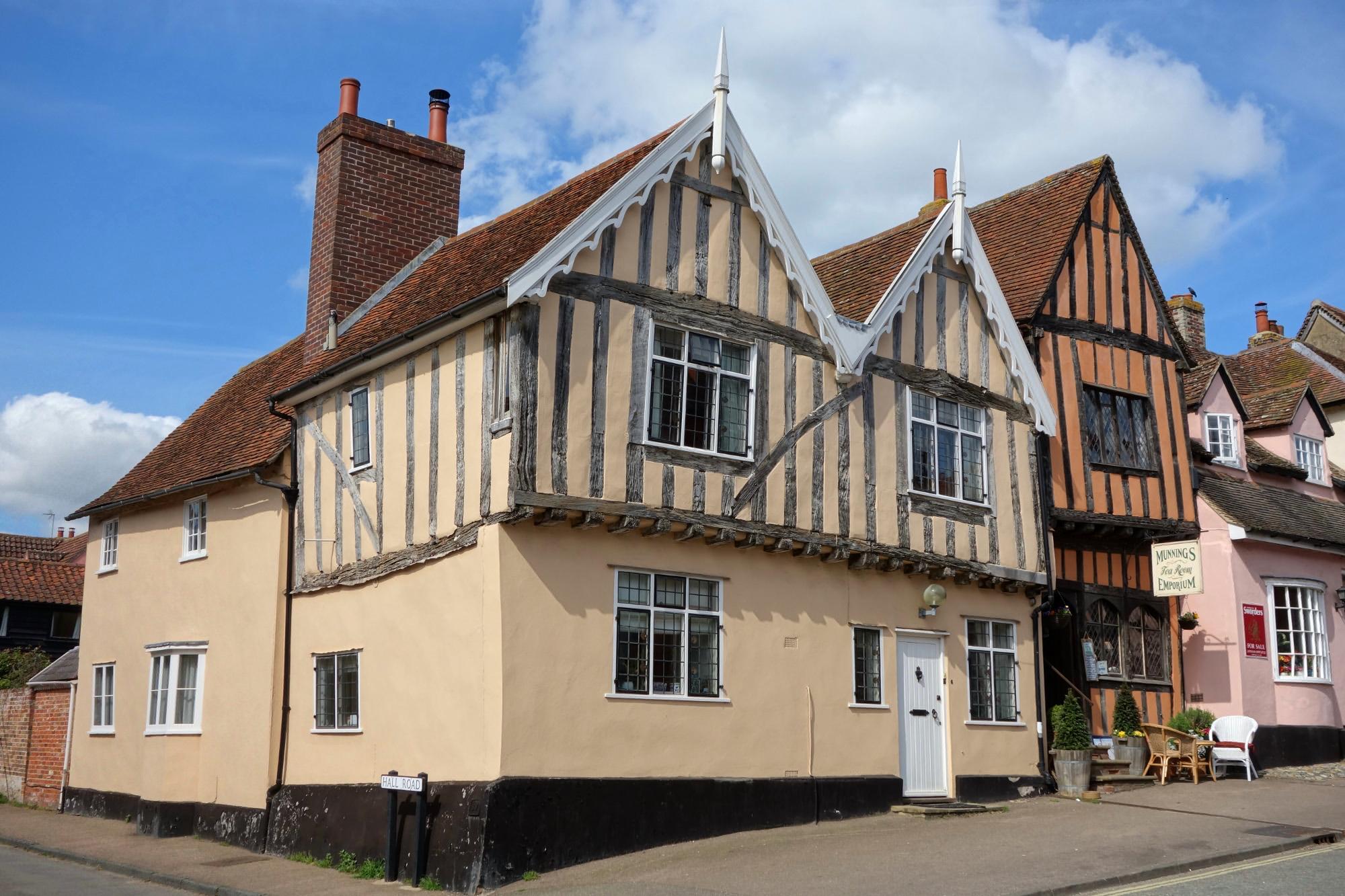
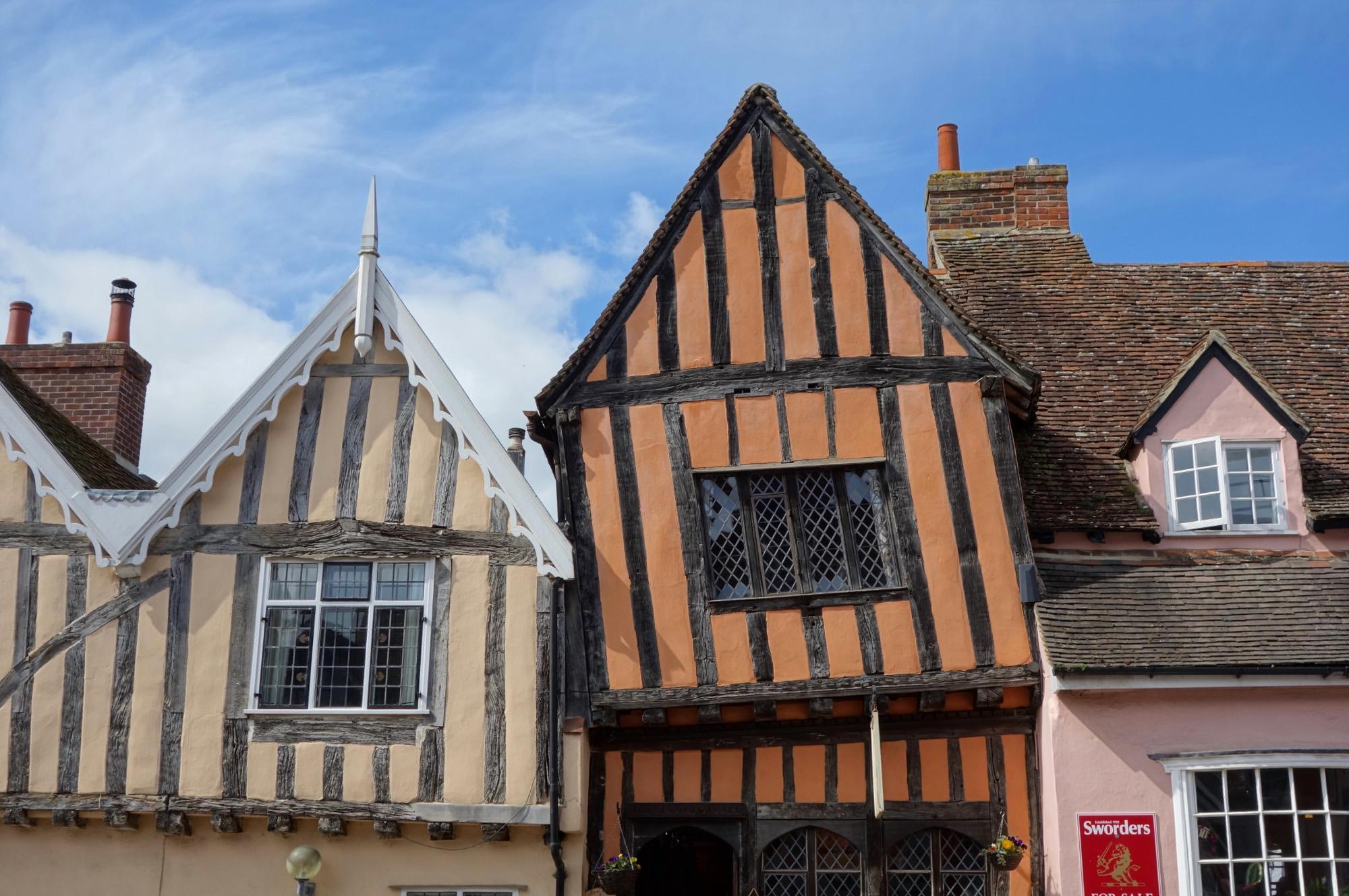
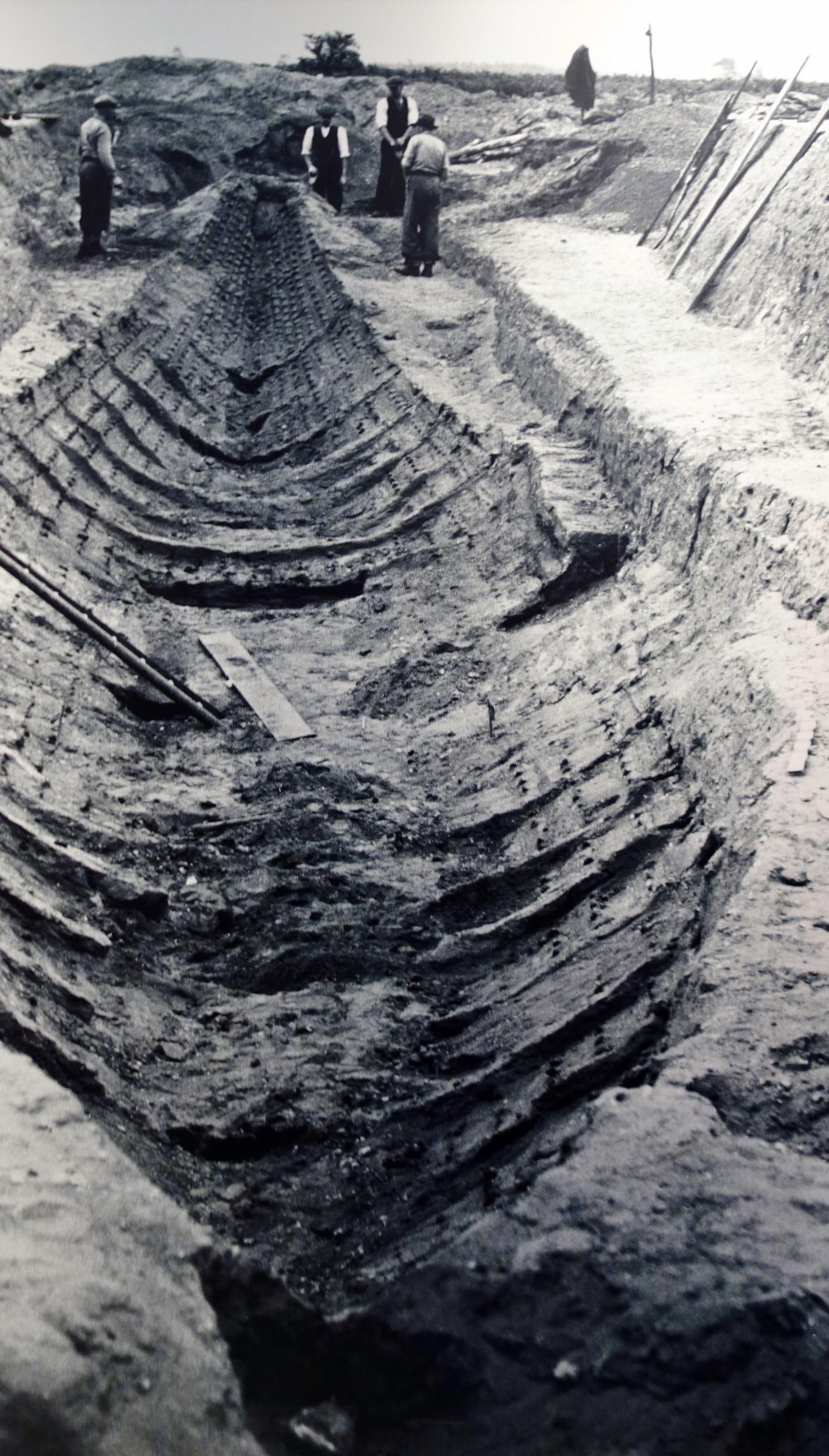
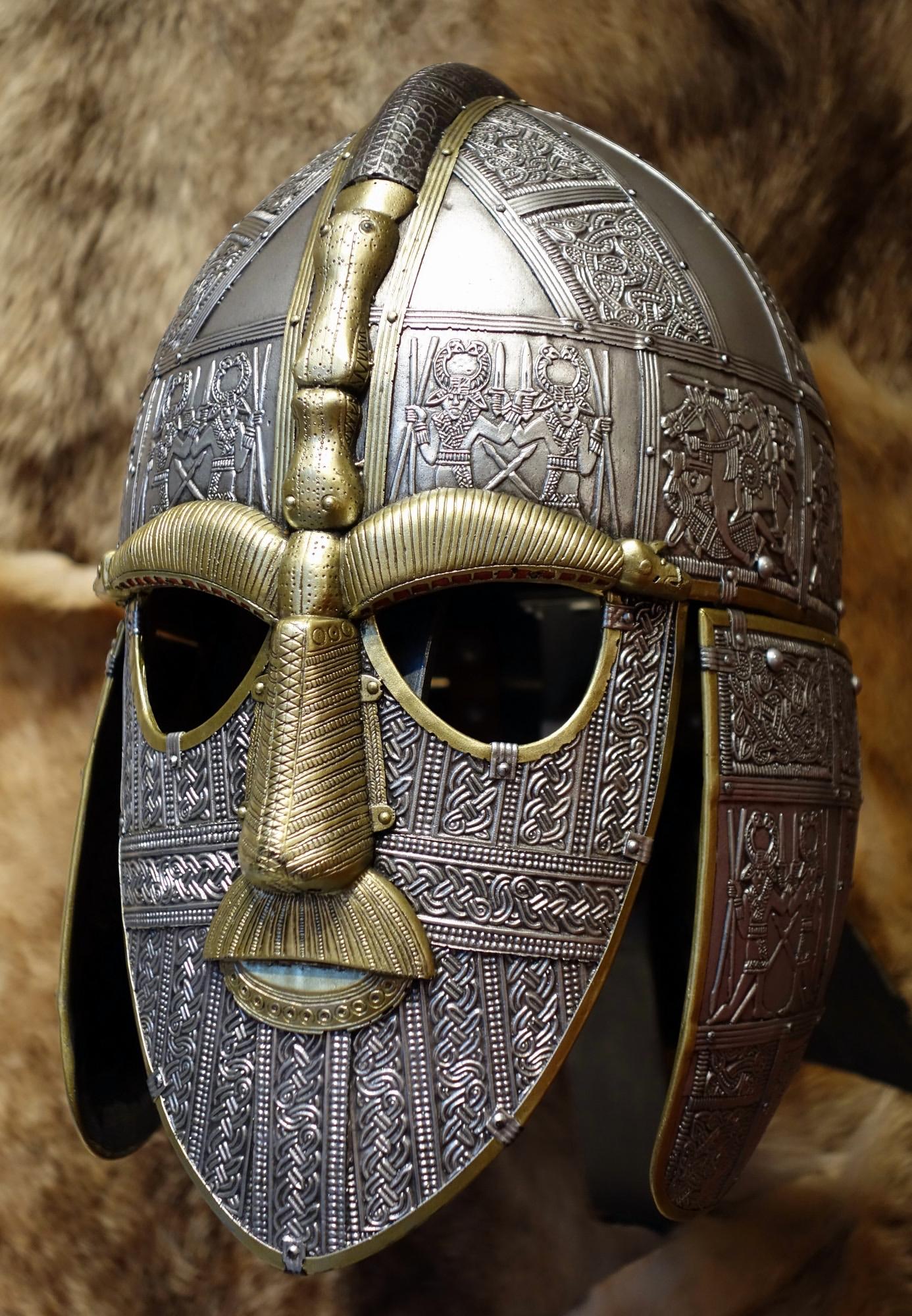
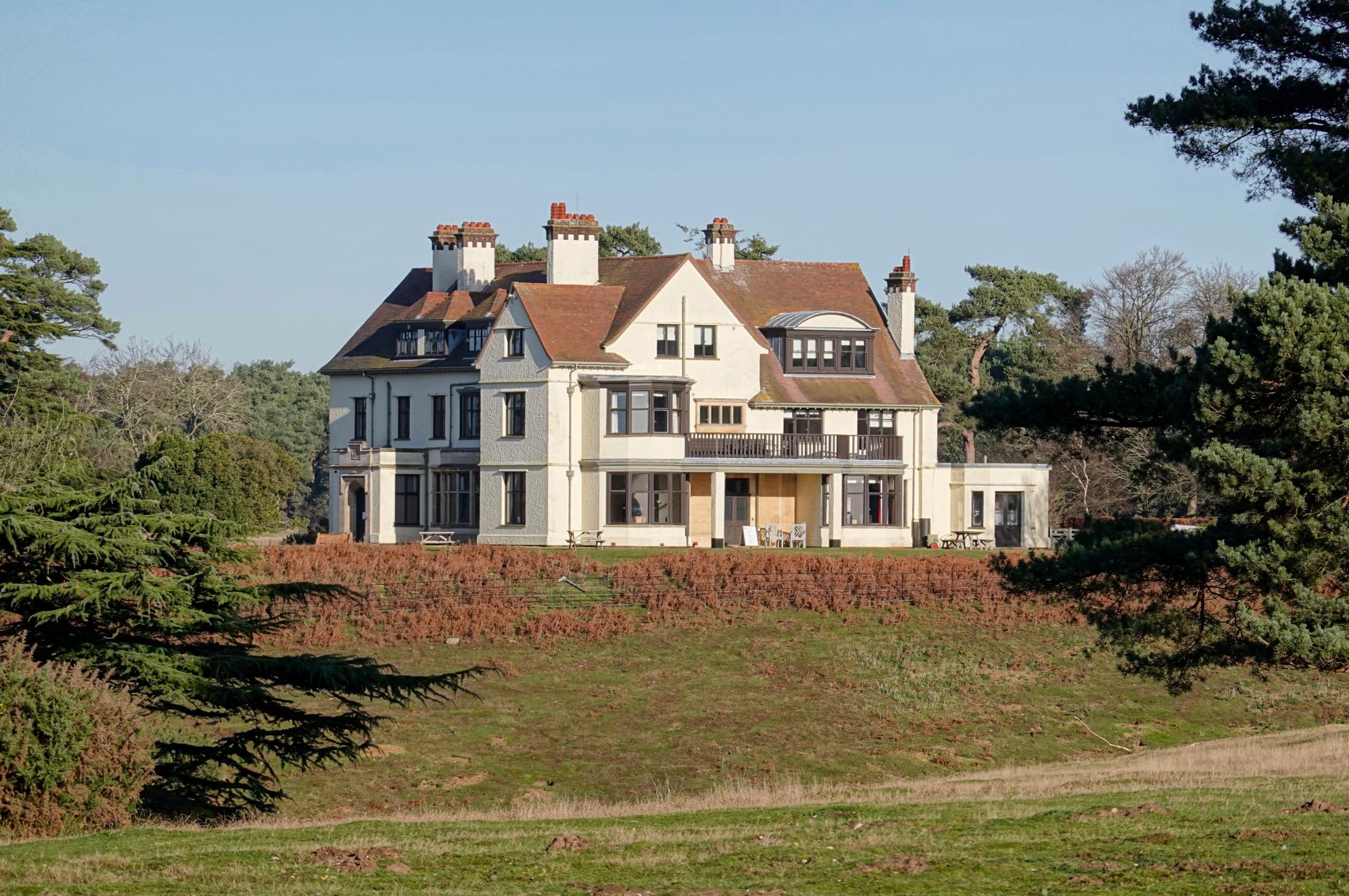
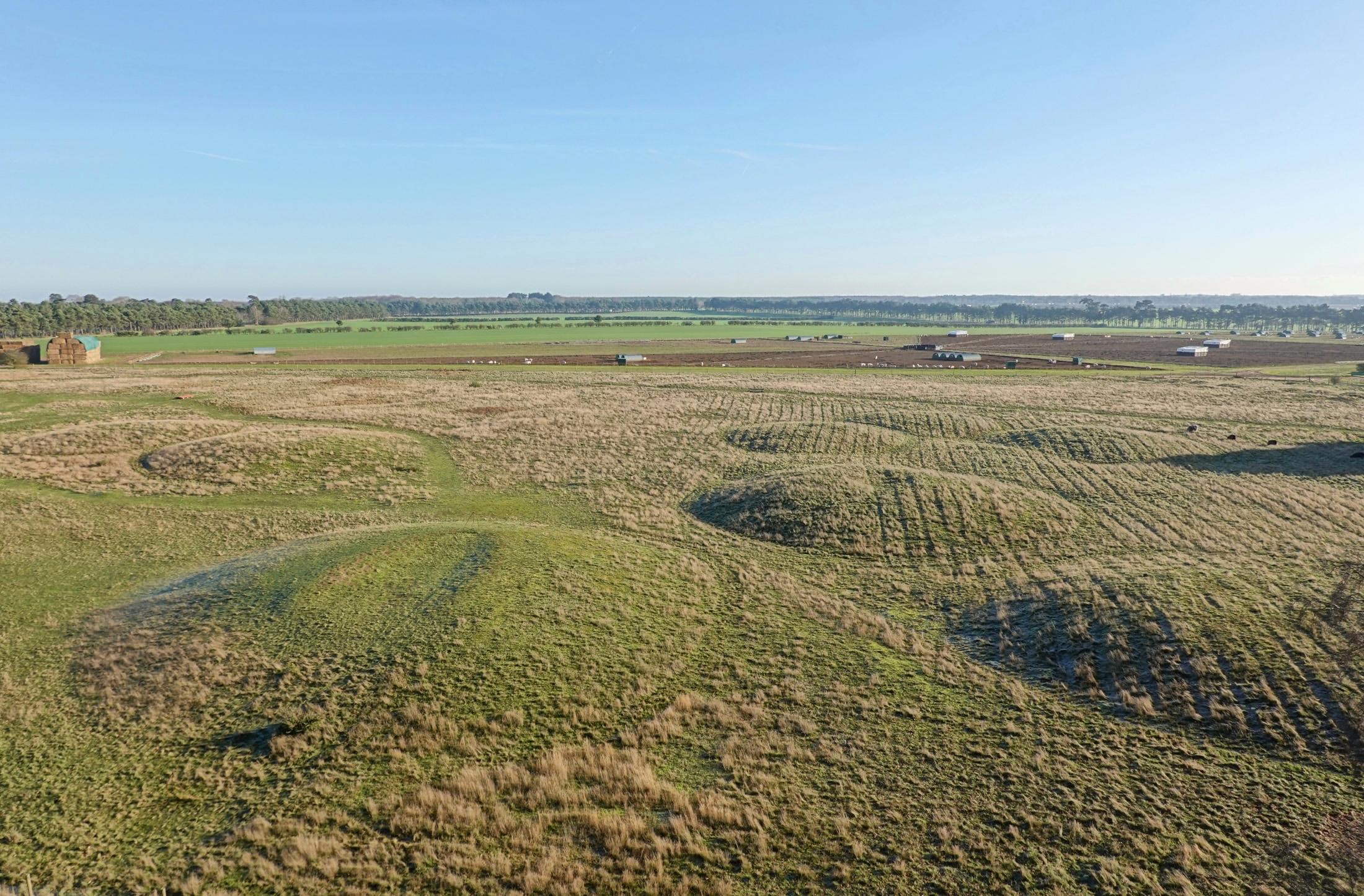
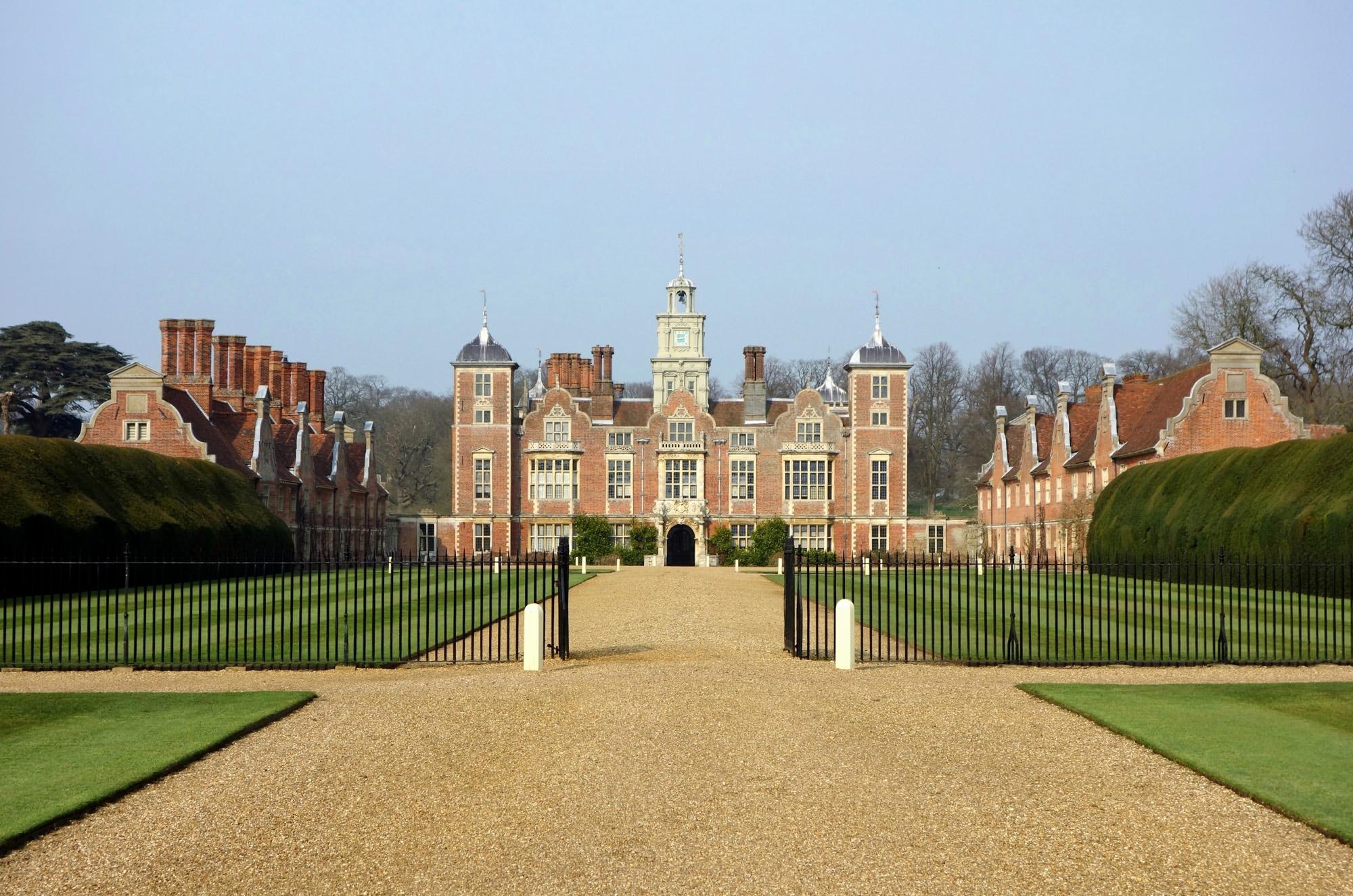
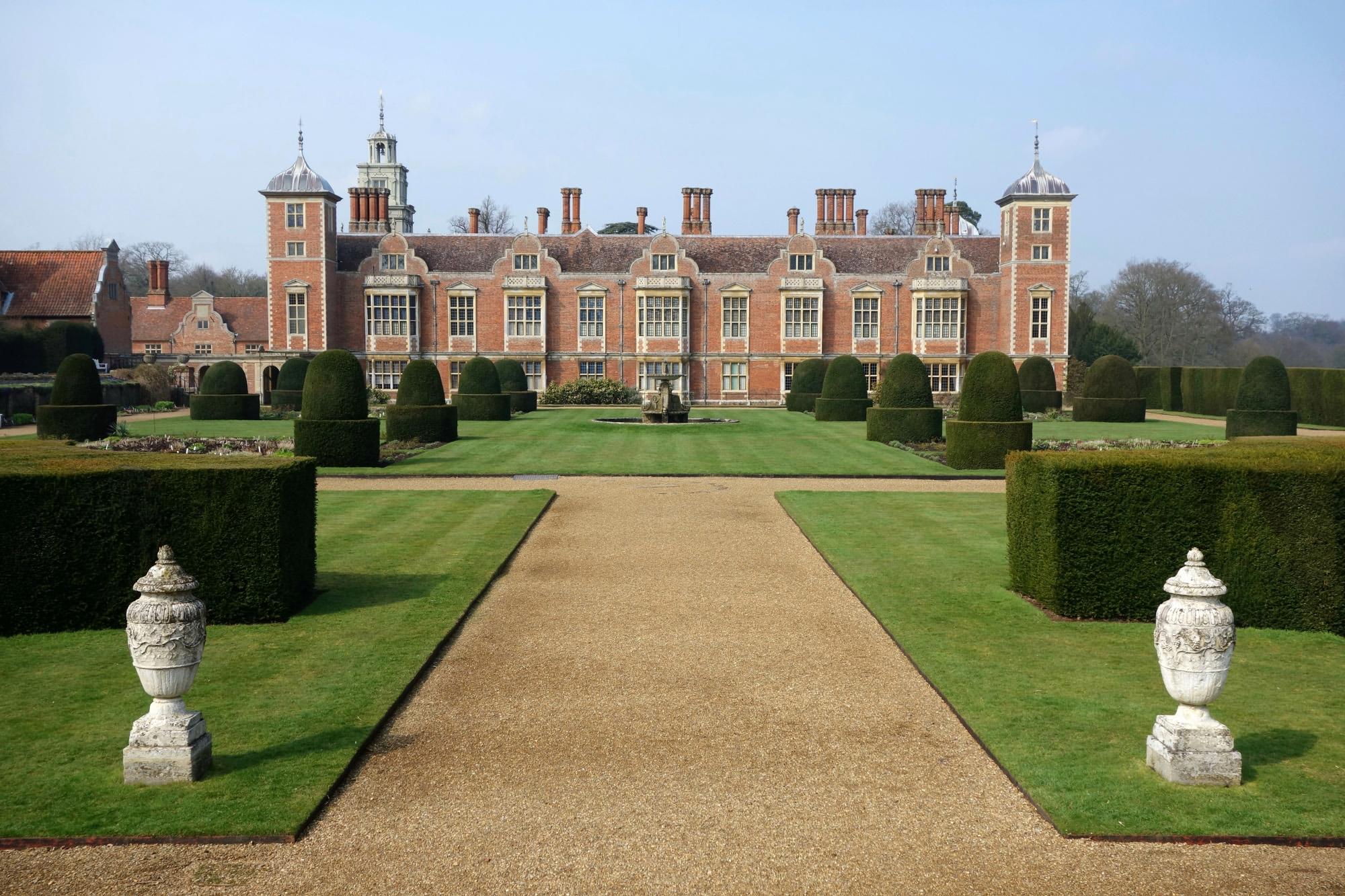
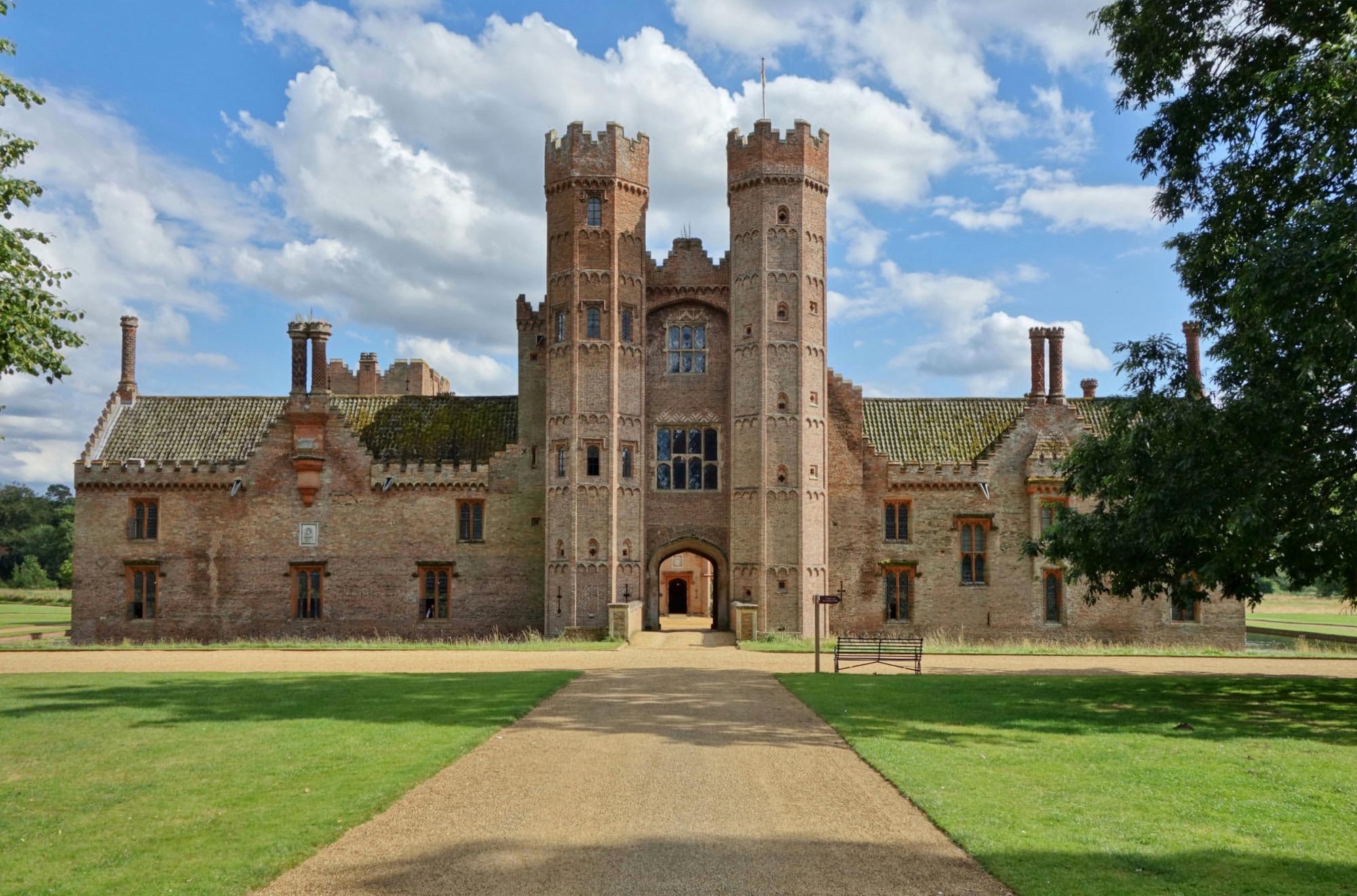
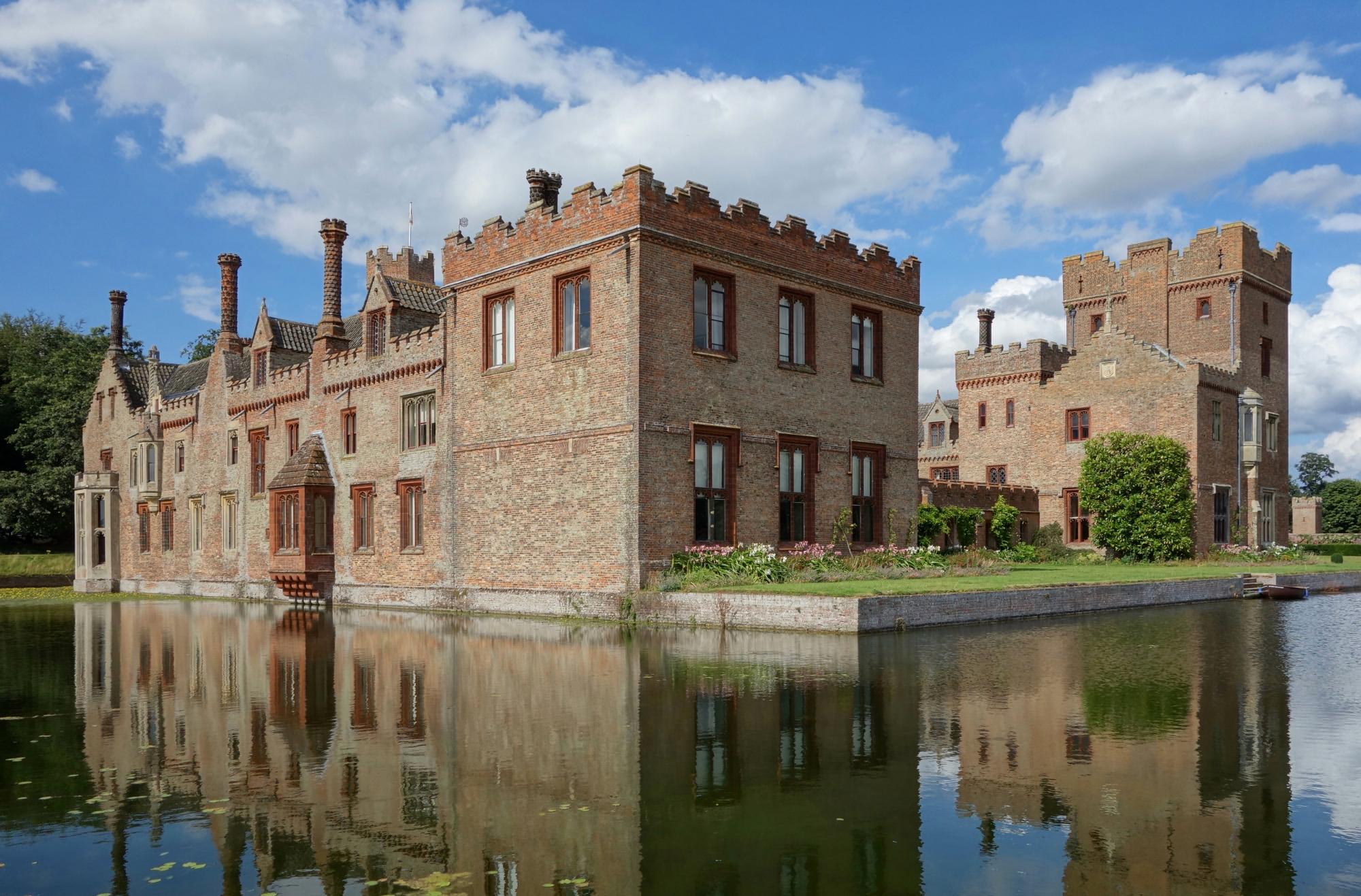
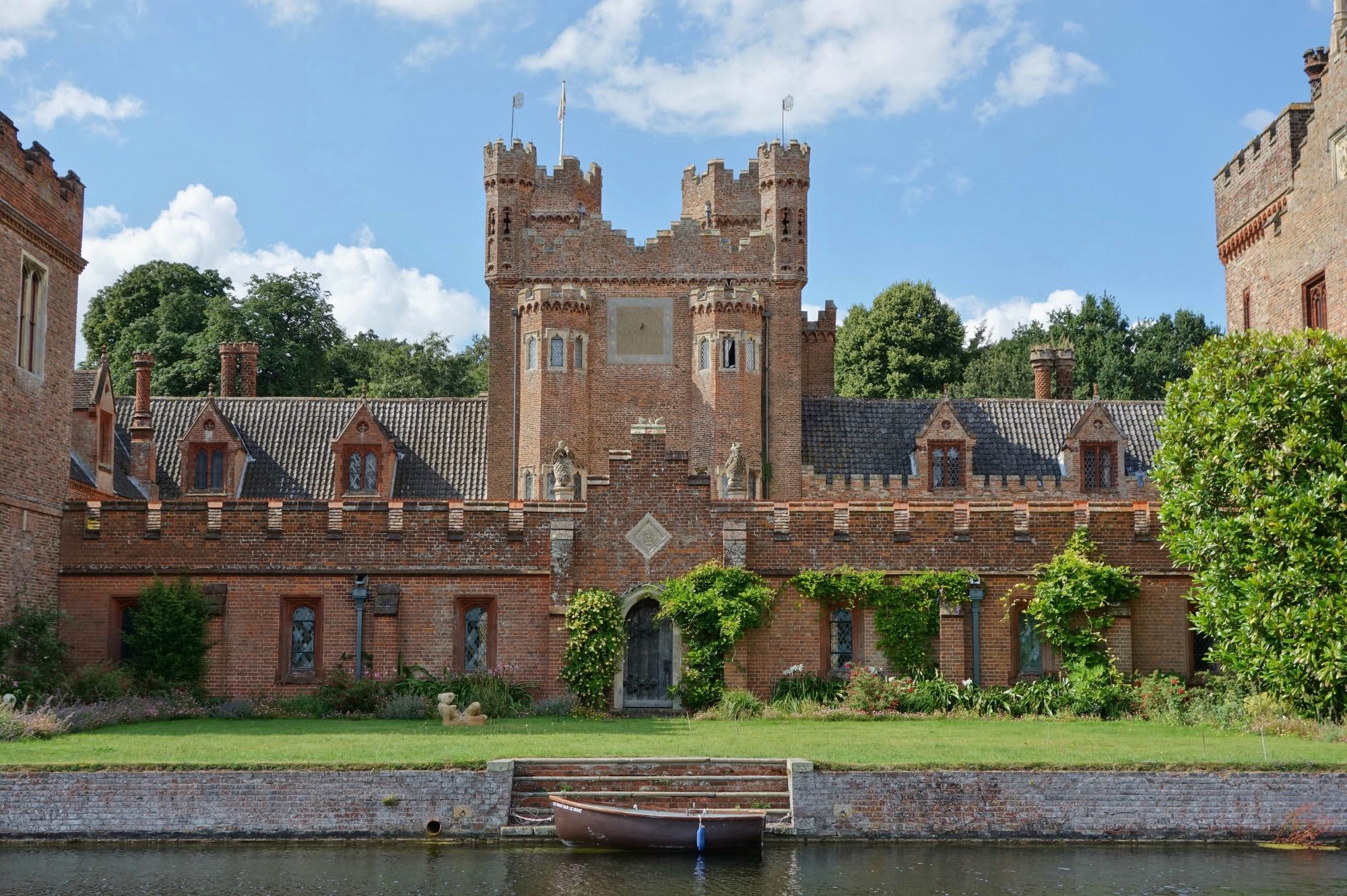
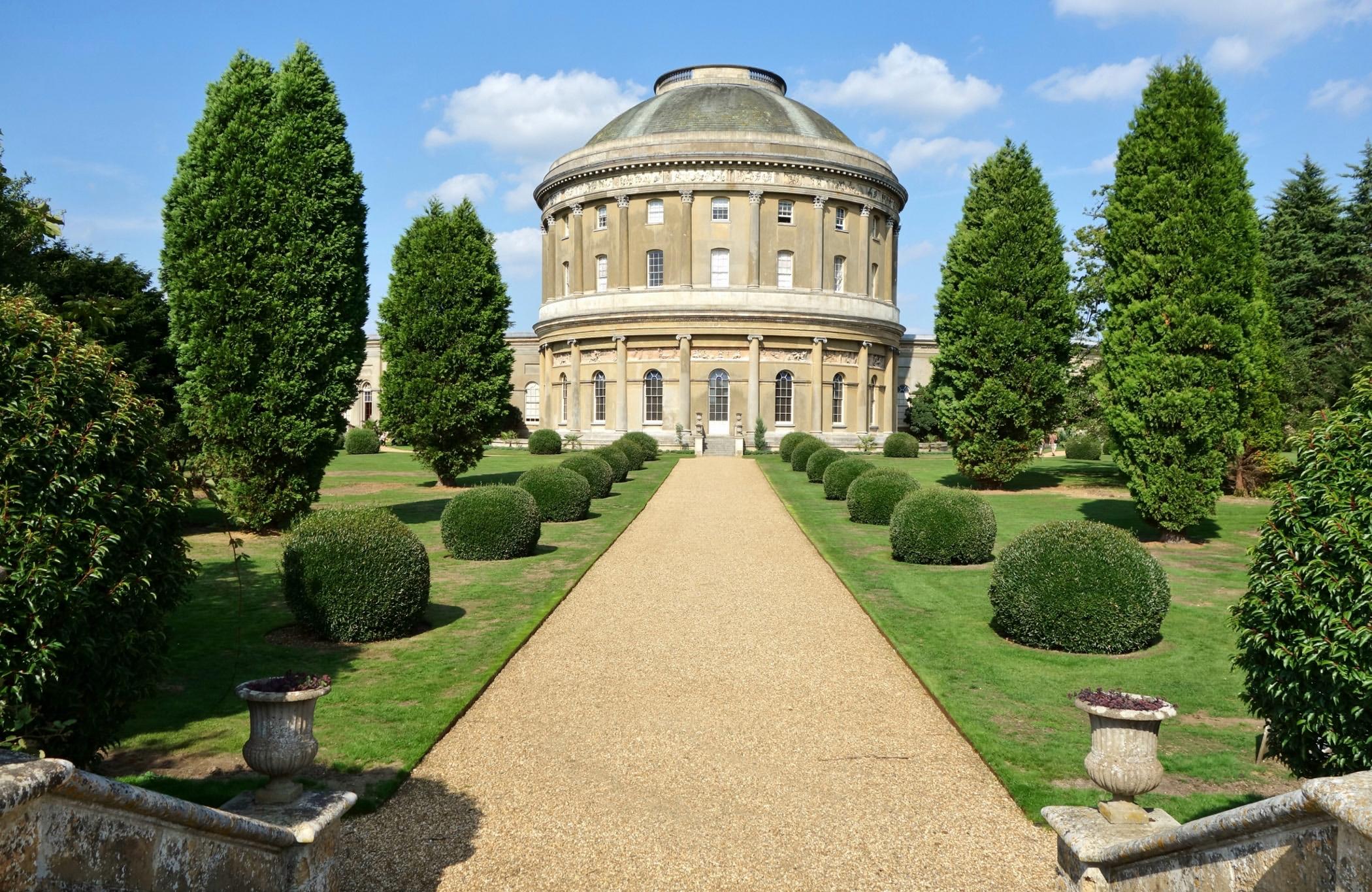
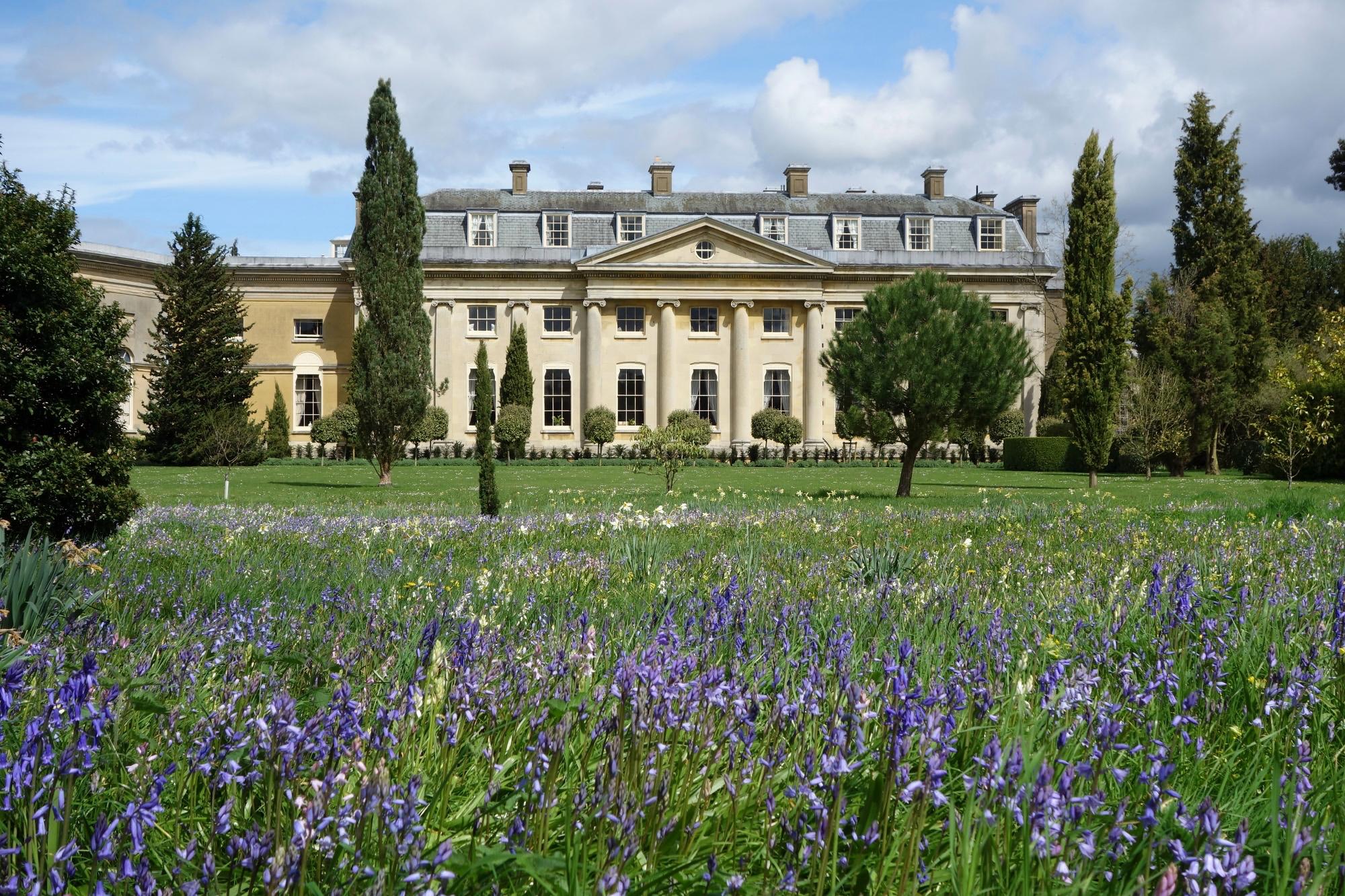
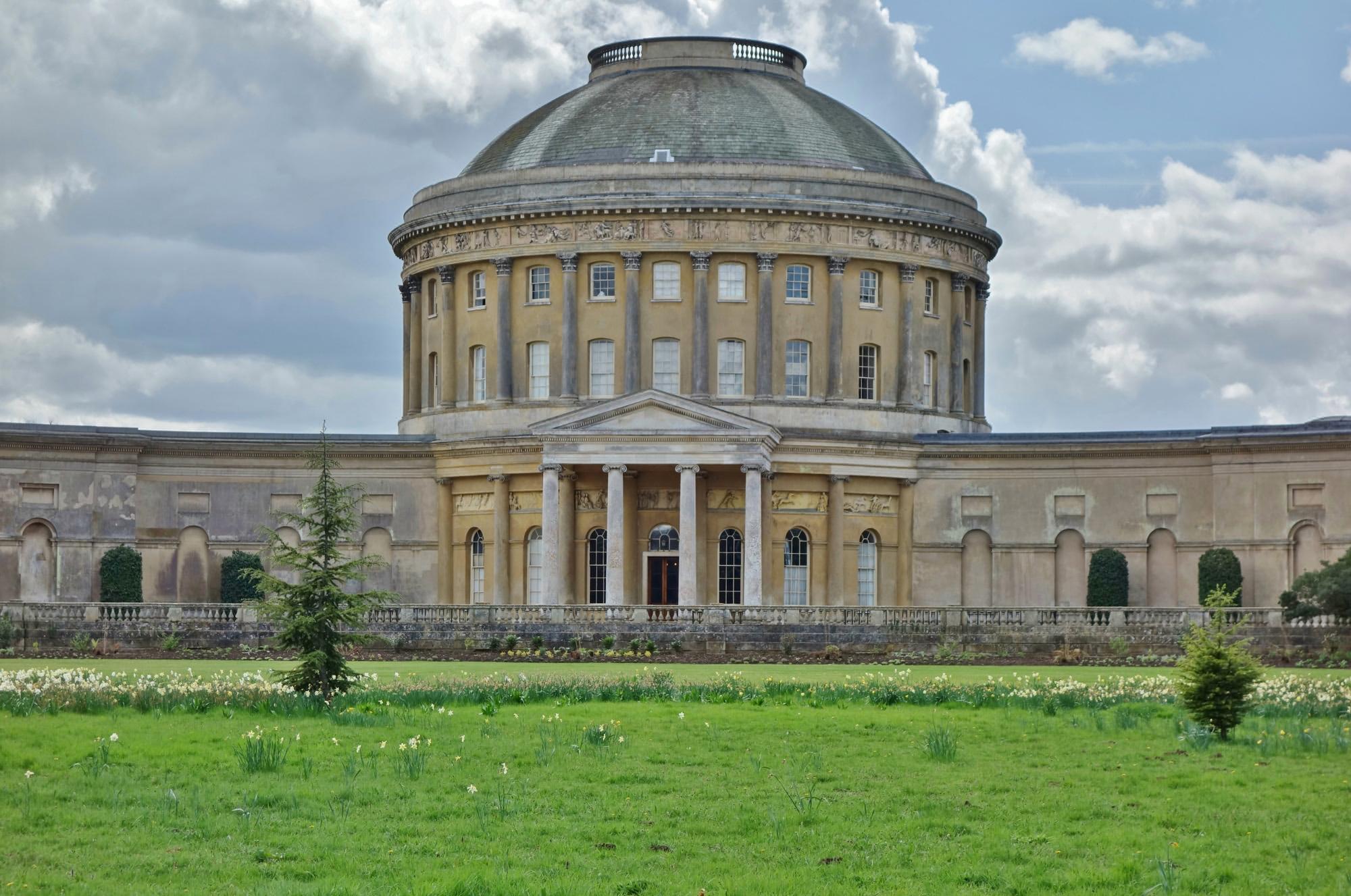
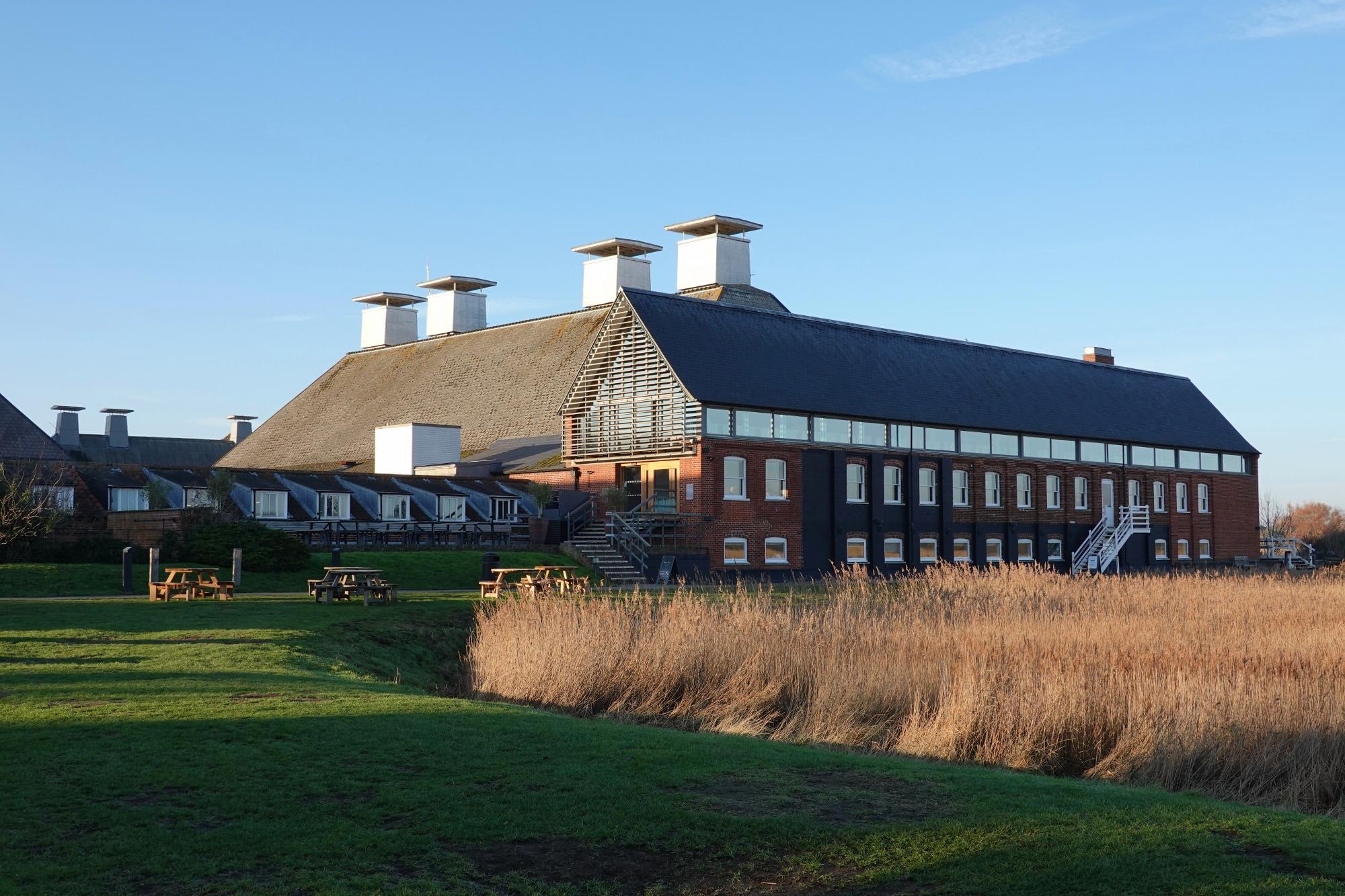
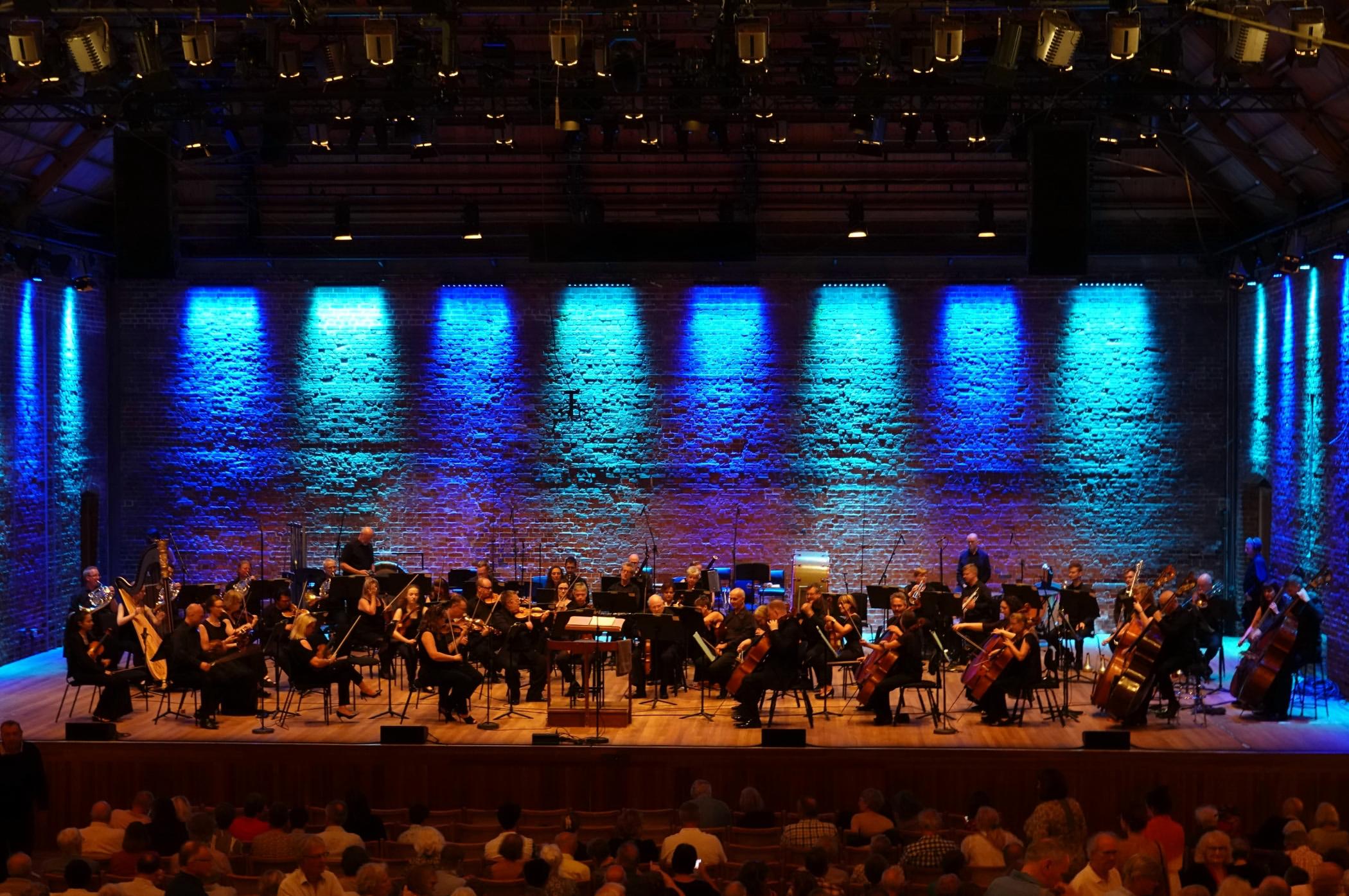
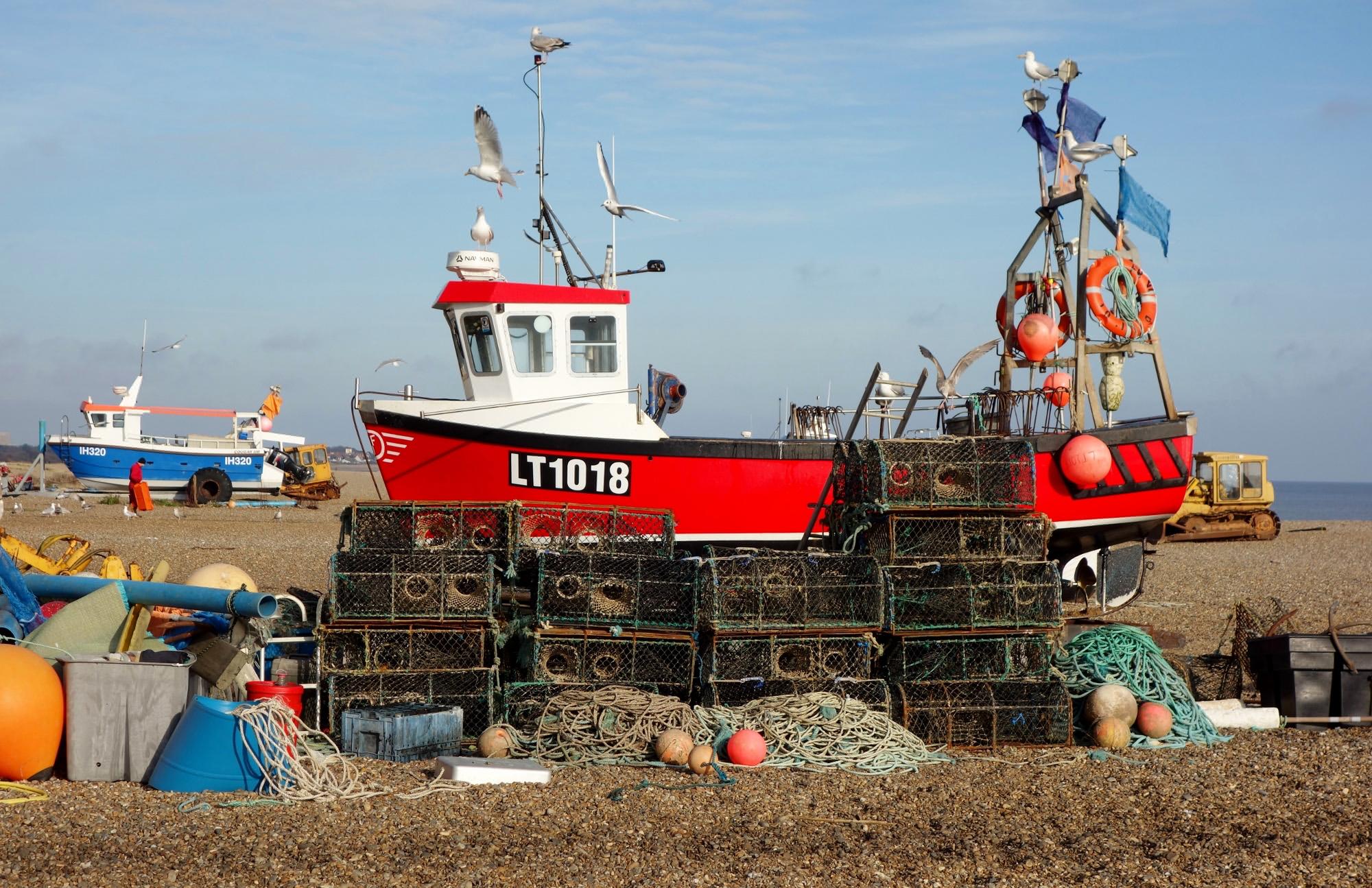
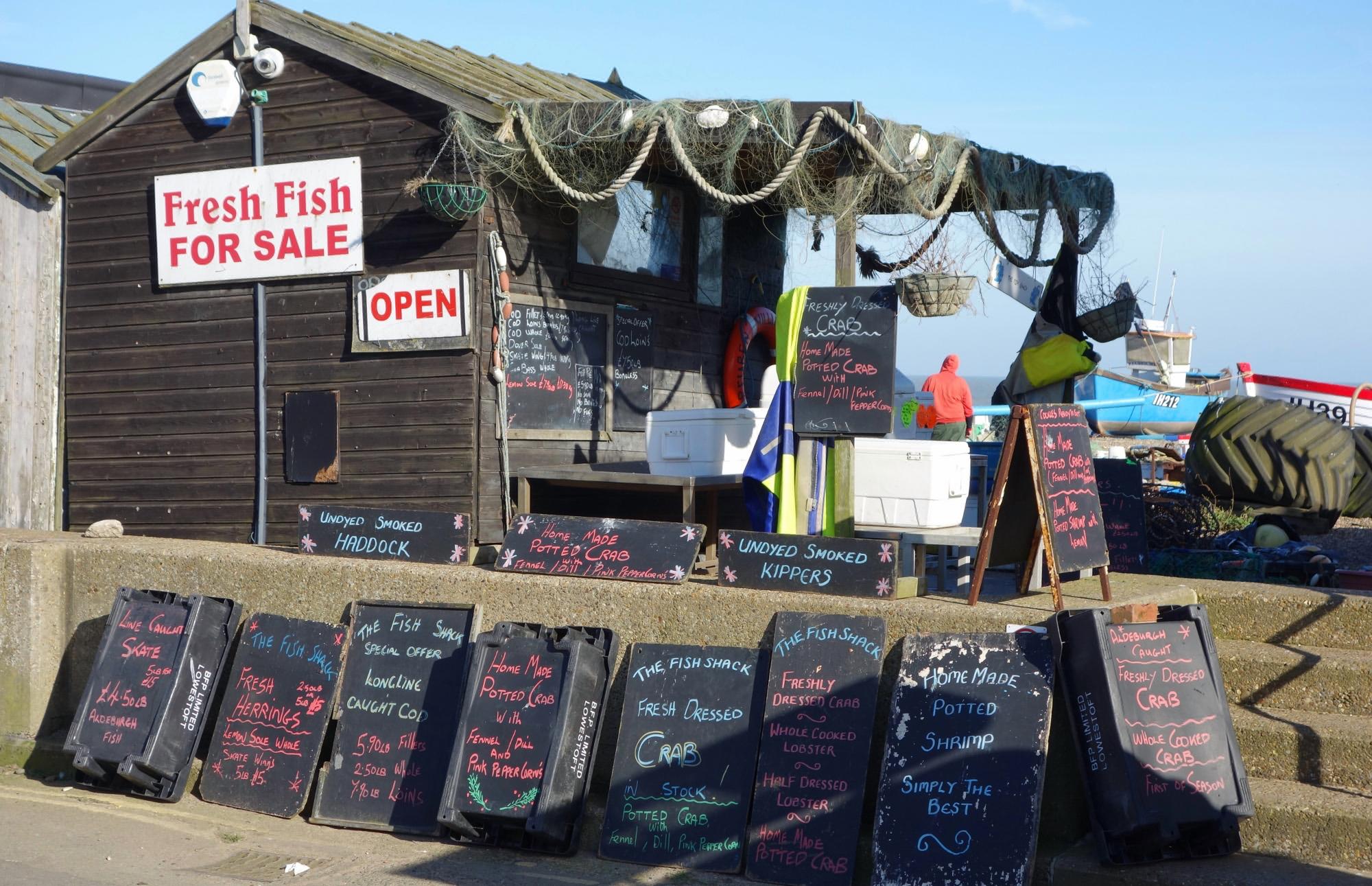
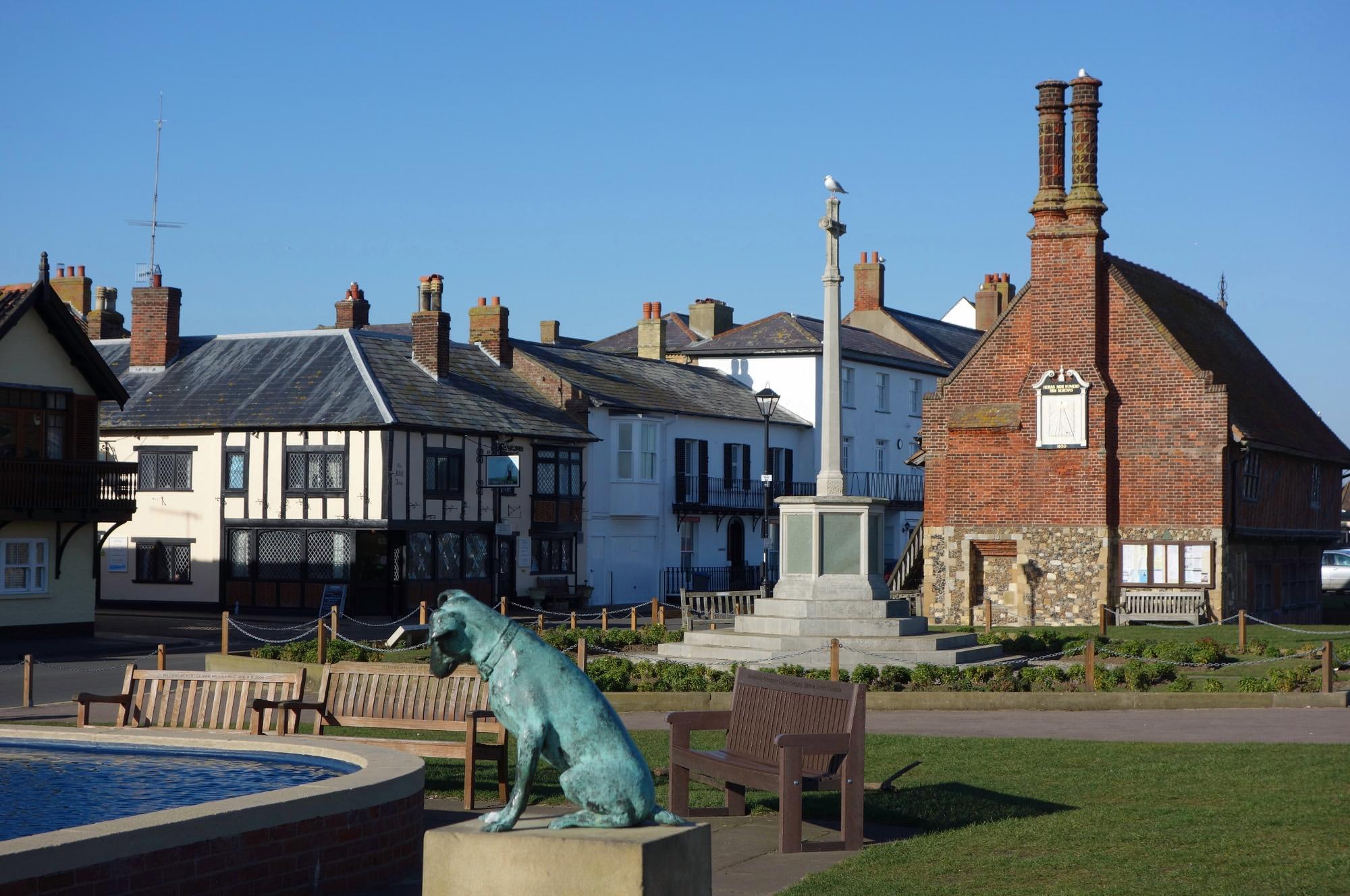
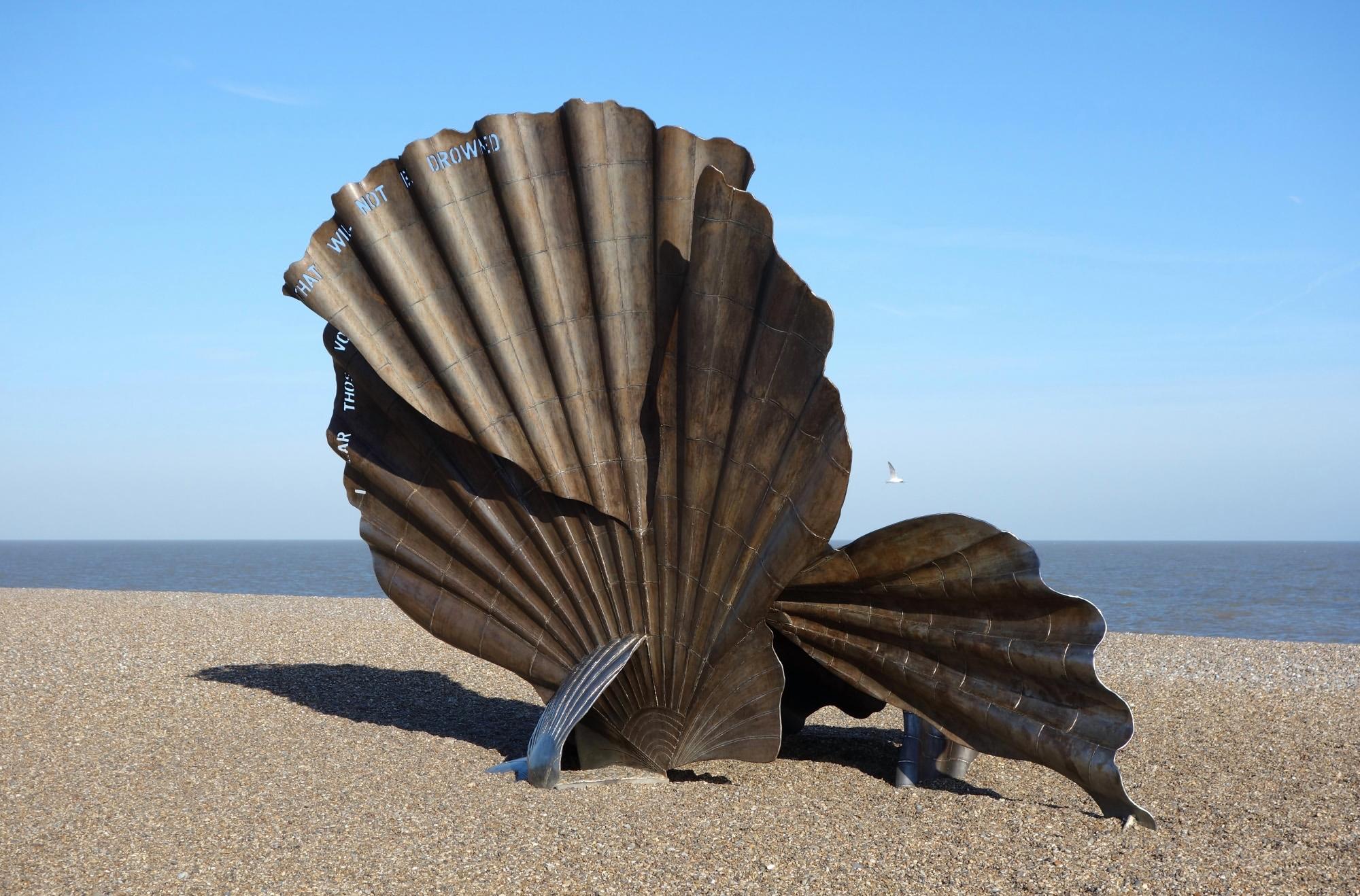
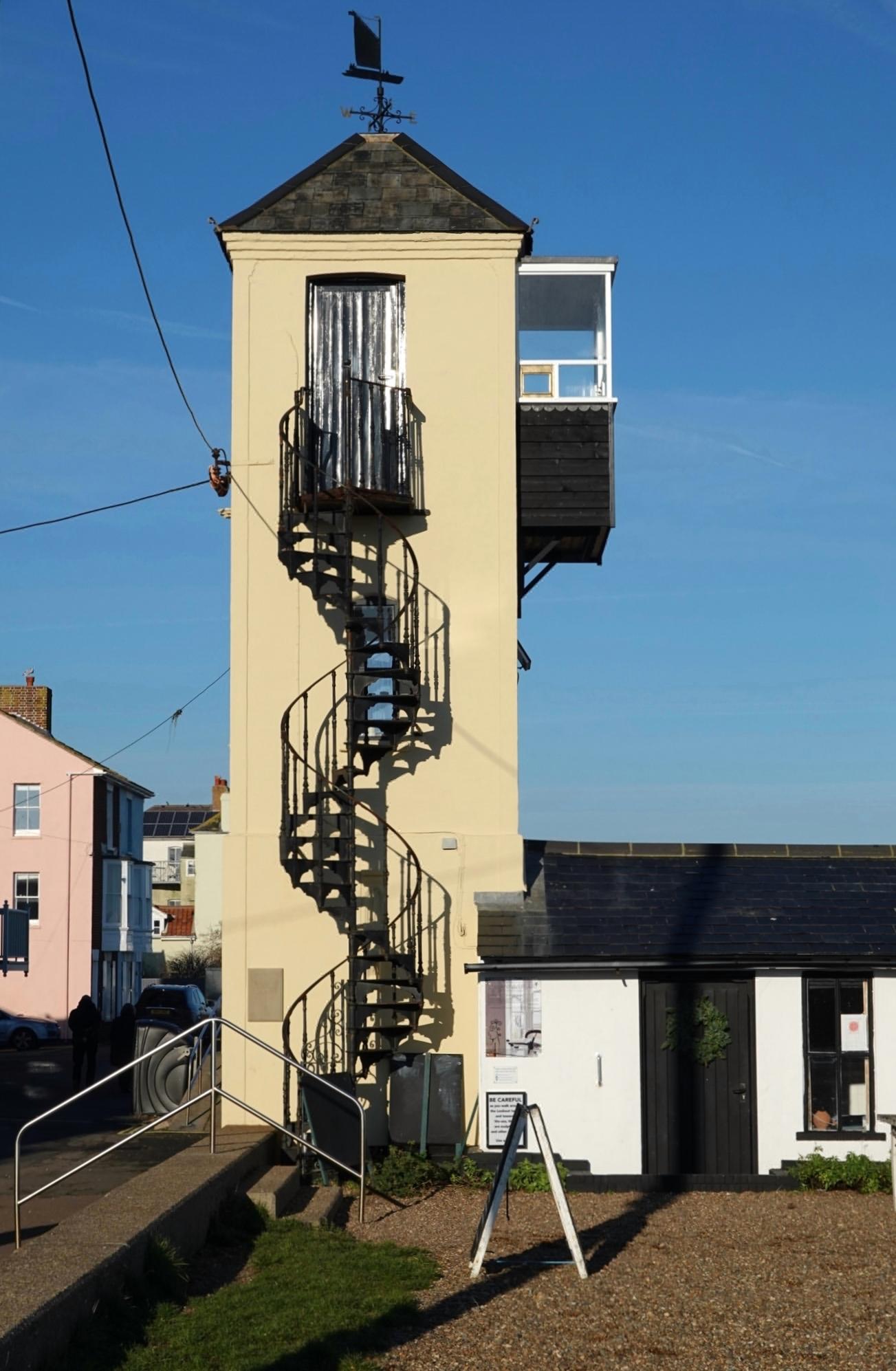
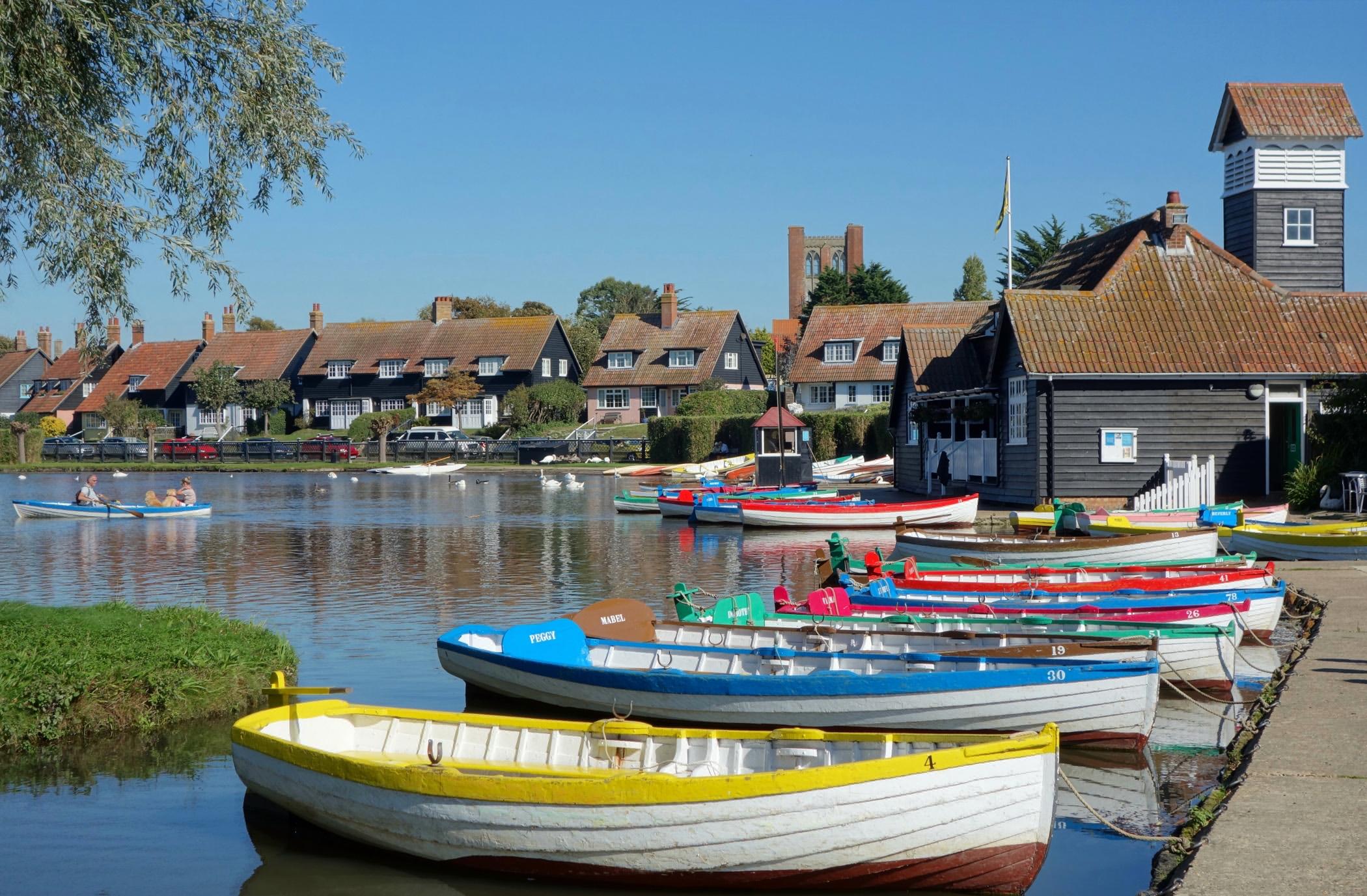
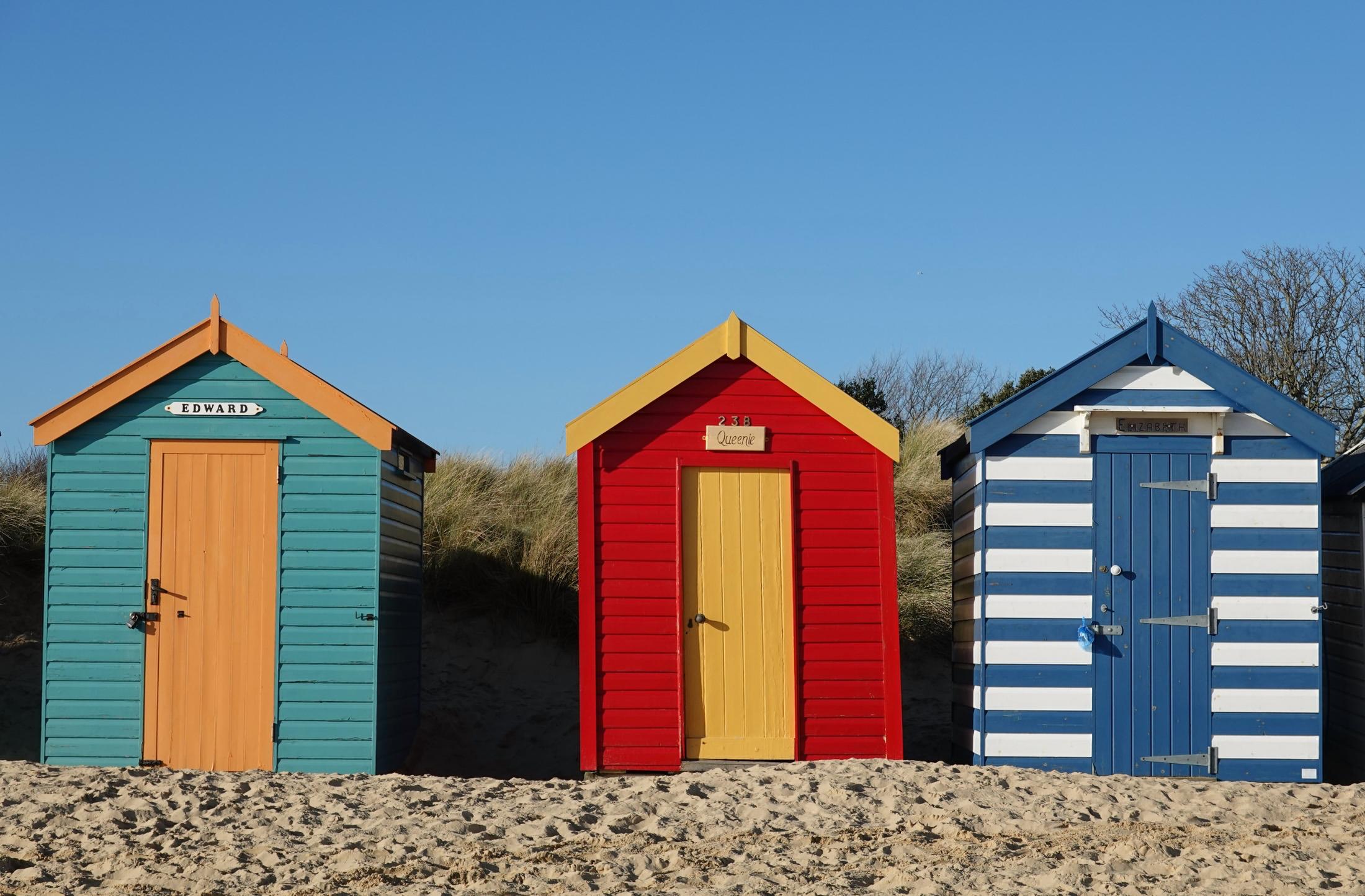
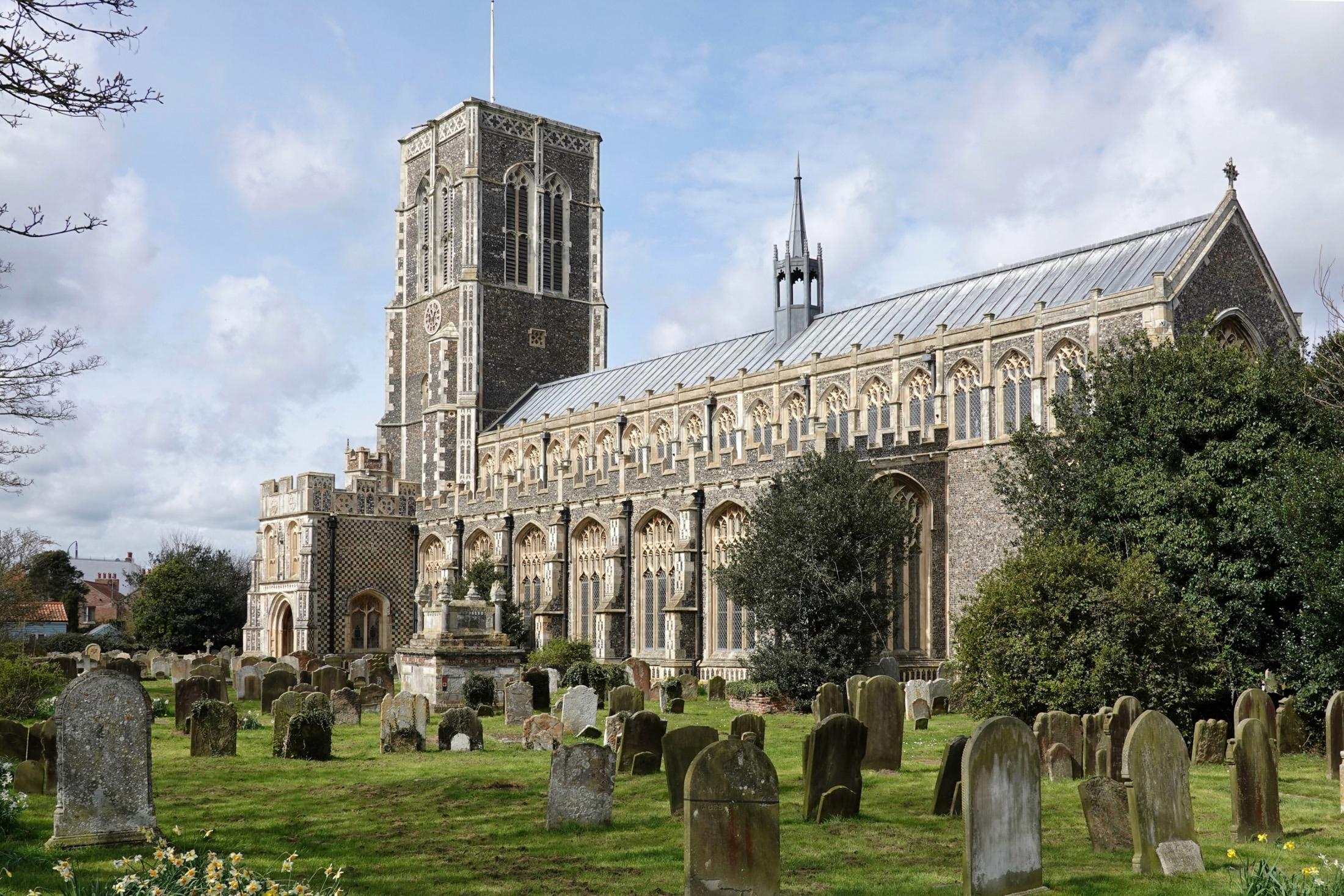
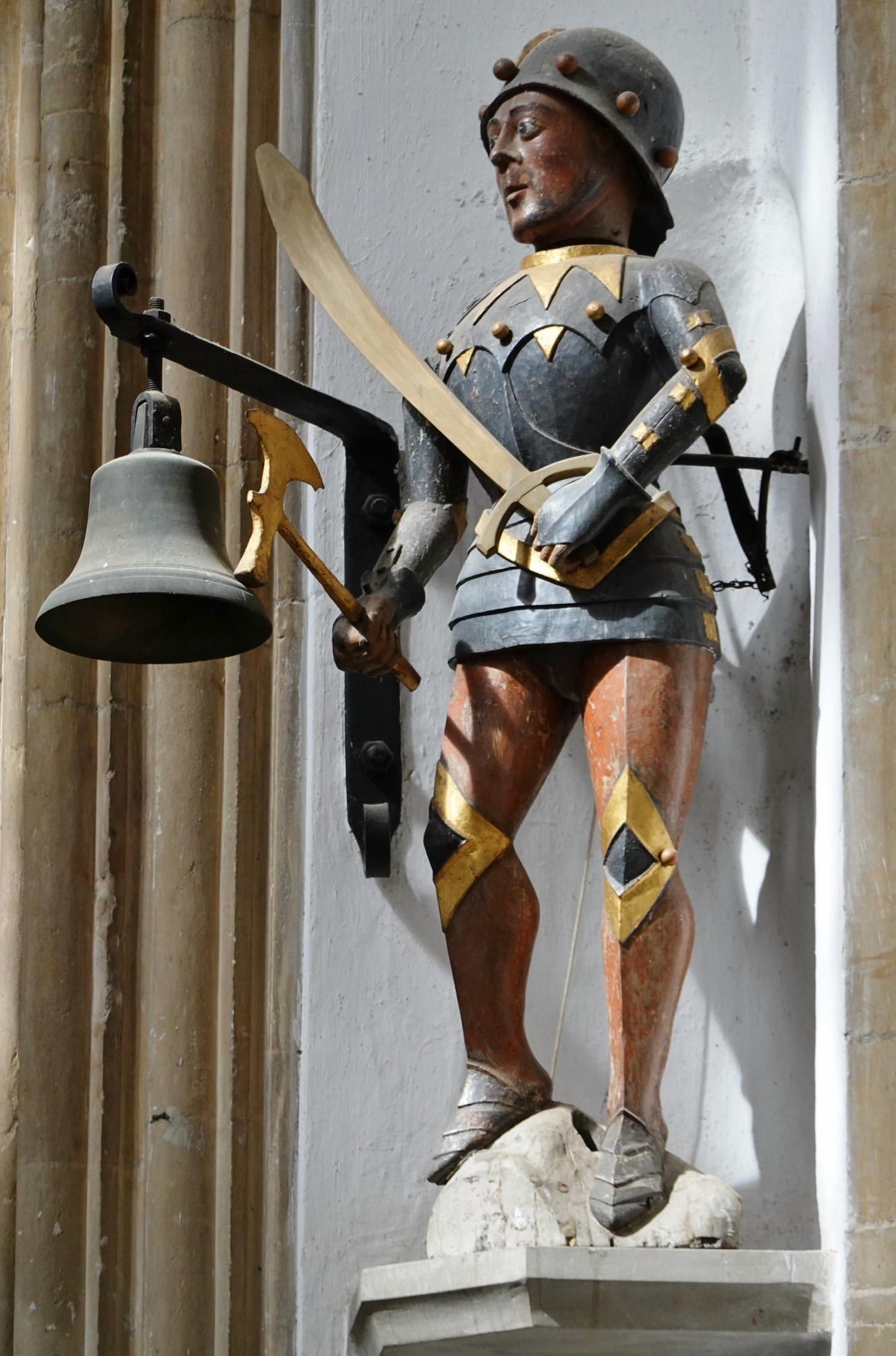
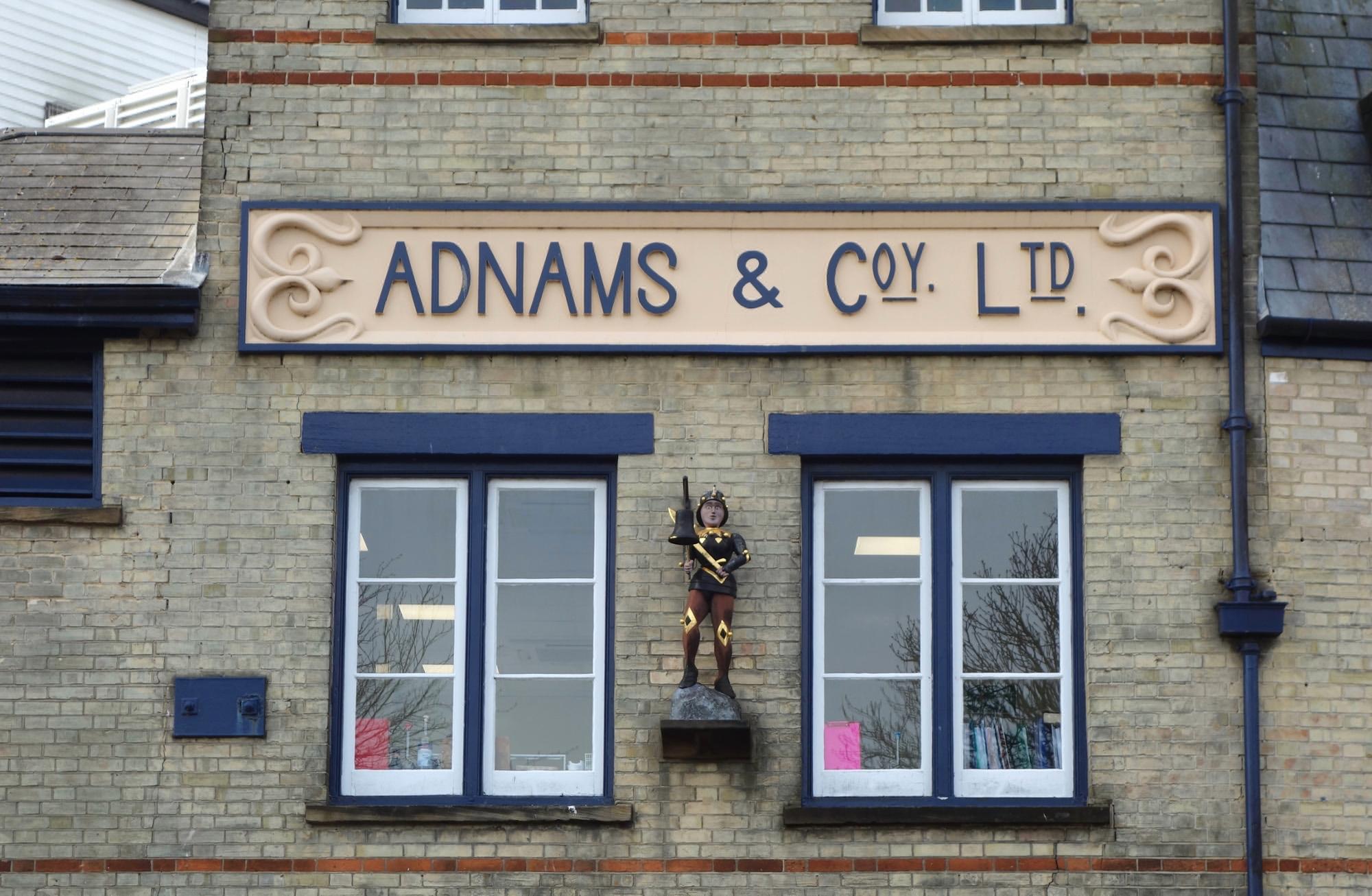
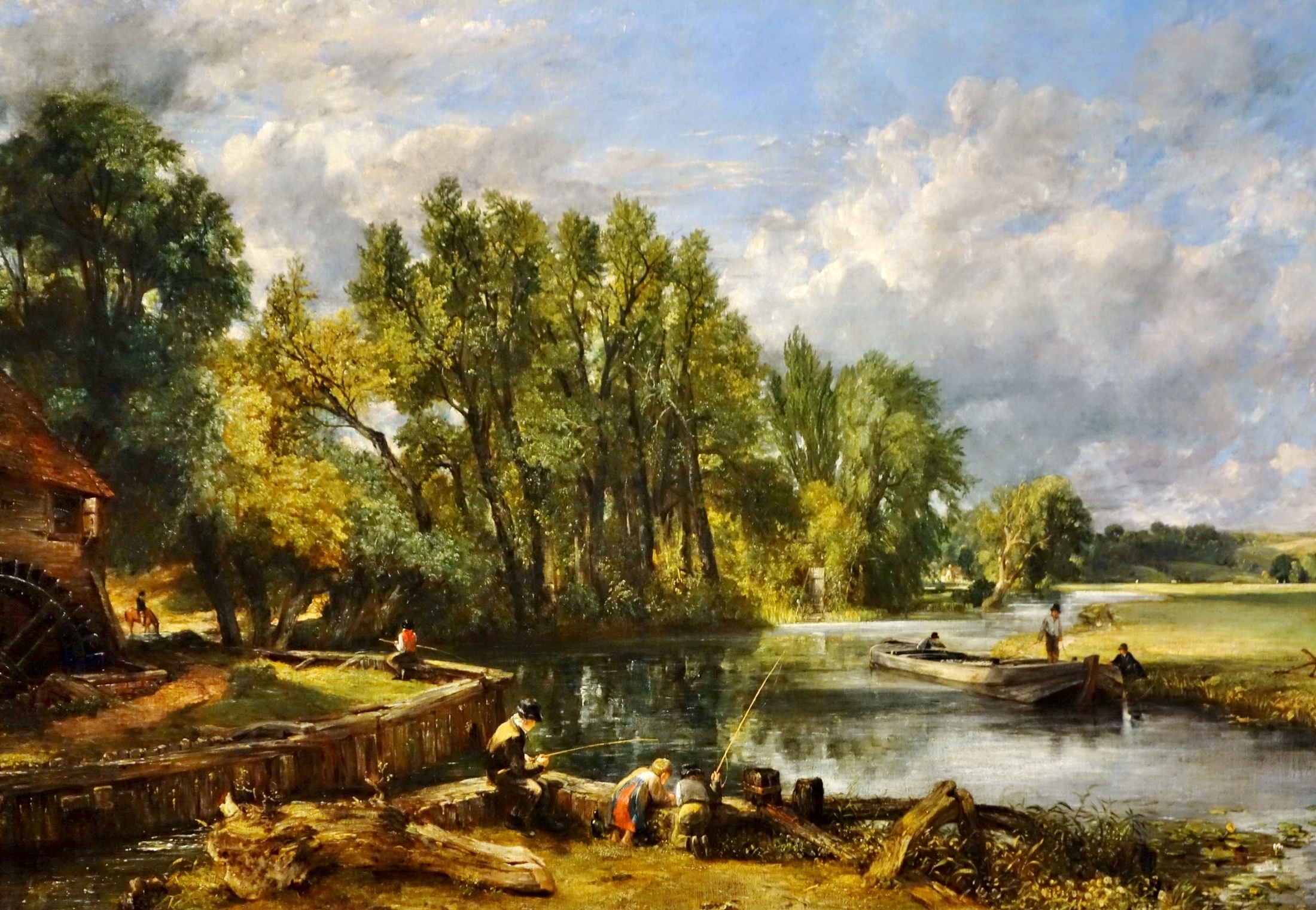




Hello Kathy,
Thank you for your kind comments and I’m pleased you enjoyed my selective tour of Norfolk and Suffolk.
Yes, all photographs were taken with my Sony RX100 cameras. About half were taken with a Mk1 and the other half with a Mk6. The only processing I did on the photographs was with light levels, but I did not touch any colour settings.
I enjoyed reading your article on Northwest Canada.
Chris
I had been going to say the Sony is a much better camera that I thought. But I suspect the truth is, really good photos come from really good photographers. The camera is just there cheering you on!
Hello Kathy,
Thank you for your kind and generous comment.
Chris
Chris,
What a wonderful tour, and I’m sure there couldn’t be a better guide. This is one of those rare articles that makes one feel “I HAVE TO finish this before I can go to bed. Thank you so much for your work on this.
Kathy
Apologies for the double-post. Were all your photos from the Sony RX100? What you’ve done with the colours and the detail are amazing.
Thanks again,
Kathy
Hello Chris. I very much enjoyed the way that you began your article with the Constable then-and-now, followed by the unexpected imaginative challenge in concluding along the same lines. Still smiling at that finish.
And thanks to John Nicholson for asking the gear question. The RX100 Sony cameras have served you well, they are great little pocketable travel cameras. And their compact Zeiss lenses do render very well. In fact, looking at your images I wonder whether there is a “Sony RX100 Look” analogous to what we know or imagine as the “Leica look”.
Your article is a kick in the pants for me – my little Sony RX100iv has sat unused since the start of the pesky virus – it’s time to blow off the dust and get it clicking again. Now I’m off to the website recommended by John Wilson.
I am pleased you enjoyed my subtle challenge at the end of the article to produce a modern version of Stratford Mill. Although the mill has long since gone, the picturesque river Stour is still as John Constable painted it. I suppose I must respond to my own challenge and take some modern versions of the river Stour near Stratford Mill.
Enjoy using your little Sony again.
Chris
A wonderful and knowledgeable article, Chris, it whets my appetite to visit this part of England once. Your beautiful images are a proof of your love for the area, and your historic details are fascinating. I hope to read from you again. While fortunately not a travel blog (and Mike will make sure it remains this way), I enjoy Macfilos also for showing some parts of the world I maybe would not have thought about without such articles. From Coronado to India to Adleburgh to… who knows. Thanks again, Jörg-Peter
Thank you very much for your kind words, they are appreciated. I enjoy the process of putting articles together and attempting to take beautiful images. I have read your blogs over the last few months with interest. In collaboration with our gifted editor, I hope it won’t be too long before I can publish another article.
Hello Richard
I was pleased to be able to bring back happy memories of your holiday at Thorpeness.
Yes, I am spoilt for choice for delightful locations visit, all within a reasonable driving distance.
I haven’t mentioned in the article such places as: the Norfolk Broads, the famous Minsmere bird reserve, Orford village and the previously secret site at Orfordness (the birthplace of radar, the atomic weapons research establishment and also the US “Cobra Mist” radar site).
As you say Blythburgh, near Southwold is worth a detour. I know well the church, Holy Trinity, called the Cathedral of the Marshes. I visited it once again earlier this year with my camera and had a chat with the organist who happened to be there.
The acoustics are stunning as I can attest by attending concerts there. Benjamin Britten used it for performances of some of his works during his lifetime. It was used again at this year’s Aldeburgh festival.
I could write a short article about the church but perhaps it would be too niche for Macfilos.
Chris
As it happens, and now you mention it, we have a good article coming up soon on Orfordness, complete with the history you mention. It’s by a friend who is a member of the Leica Society. I can publish it as soon as it appears in the TLS Magazine.
Mike
I have a 170-page book entitled, “Orfordness Secret Site” by a local author, the late Gordon Kinsey. I will not detract from the forthcoming article by making any comments except to say that key decisions on the development of radar were made in the lounge of the Crown and Castle Hotel in the village of Orford in 1935. I quote from the personal account of Mr Wilkins who was a key member of the team.
“Watson Watt used to visit Orfordness nearly every weekend and stay at the Crown and Castle Hotel.
On Friday and Saturday evenings we often discussed the work in the lounge of the hotel, which was not heavily patronised out of season.”
The Crown and Castle now has a blue plaque on its outside wall to commemorate this remarkable fact.
Chris
Thank you Chris for your article and great images. For me they bring back happy memories of staying in an eccentric holiday “cottage” in Thorpeness and visiting many of the places you mention here. Also some really excellent fish bought from that very same shack on Aldeburgh Beach! Lavenham and Southwold churches are justifiably well known but, although it is slightly off the beaten track, worth the detour is a visit to the so called Cathedral of the Marshes at Blythburgh. You are truly spoilt for choice in that part of the country.
Thanks Chris for this entertaining, informative and beautifully illustrated piece. East Anglia is not somewhere I have visited much but I have enjoyed its beauty when I have made my way up there. My most recent memory is of eating delicious fish cakes from a shack on the beach at Aldeburgh. Funnily enough I am just about to leave the house to visit Sandgate by Folkestone in Kent intending to eat a mackerel roll from The Boat House beside the beach there. You have whetted my appetite for East Anglia and the fish roll! I’ll be thinking of you as I eat my lunch.
Kevin
Thank you for your kind comments.
Enjoy your mackerel roll lunch at the Boat House, Sandgate. I have just looked it up on the web. No doubt you will enjoy a walk along the promenade and to breath in the sea air.
Chris
Beautiful photos and history lesson. It’s clear you and your Sonys are in sync, you should look up Matt Black Magnum photog he uses those Sonys!
John
I am pleased you liked the photographs and appreciated a history lesson.
I have just read about Matt Black and viewed his work. He is certainly an impressive photographer and social commentator.
Chris
What a wonderful piece of potted knowledge and so rich in visual delight! I’m glad you gave us the Constable pictures, too. Maybe I read too quickly – did I miss something on your choice of camera(s) for some of those stunning buildings?
John
Thank you for your appreciative comments. There was only one reference to my camera, and it was in the caption to image two:
“Willy Lott’s cottage today at Flatford Mill, seen through the lens of my Sony RX100”
For about half of the photographs I used my RX100 mark 1, and for the other half I used my RX100 mark 6 which I bought last December. Our editor had written an excellent comprehensive review of the mark 6 which convinced me as to the benefits of the 200mm zoom and the EVF. However, the mark one with its faster 1.8 lens really comes into its own in art galleries and museums where there are invariably low light conditions.
Chris
Andrea
Yes, charm is right word for much of the British countryside and old villages. I have had many visits/holidays to Italy and have experienced the vast range of different landscapes from the Dolomite Mountains (where I was on exercise with the Alpini of the Italian army) in the very north of Italy, to Cefalu in Sicily. One adjective alone cannot describe your wonderful country. Serene could describe Tuscany, rugged could describe Sicily and dramatic could describe the Italian Lakes.
Have I got a favourite Italian region for photography? Puglia I found to be real hidden gem with its Truli houses. But no; there are all just different, waiting to be photographed.
Chris
Very nice article and pictures! The British countryside and villages do have a charm!
Thanks Chris for a wonderful article and set of images. Our local art museum owns a wonderful small painting of East Bergholt by Constable. Unfortunately it has remained in the museum storage facility for a few years. East Anglia remains one of the very few areas in the UK we have not visited yet although it’s not that far from Normandy. We’ll certainly visit the area in a near future.
Jean
Hello Jean
Thank you also for your kind comments. The area around East Bergholt was named Constable Country during the painter’s lifetime. His father was a corn merchant and the mill owner of Flatford Mill, just near East Bergholt where John Constable was born and then lived. His father wanted him to join the family business, but he chose painting instead. Hence many of his paintings are of the local area.
I have had holidays in Normandy and have fond memories, particularly of such places as: Etretat, St Vaast, St Valery and Isigney (where your famous cheeses are made).
Chris
Hi Chris, thank you so much for this wonderful article. It was both informative and beautifully illustrated. Your photographs would fit right into a professional tourist brochure for the region! I used to live in Kent, and visited several of the locations you covered on a driving trip to East Anglia. Sutton Hoo was remarkable, and I would also highly recommend a visit. Thank you again for a very enjoyable read and for reminding me of my trip to that part of the world. All the best, Keith
Hello Keith
Thank you for your kind comments. I am pleased I brought back some memories. Sutton Hoo has recently opened an observation tower and the photograph overlooking the site, taken from the top, clearly shows the other burial mounds and the Mrs Pretty (1939) site.
Chris